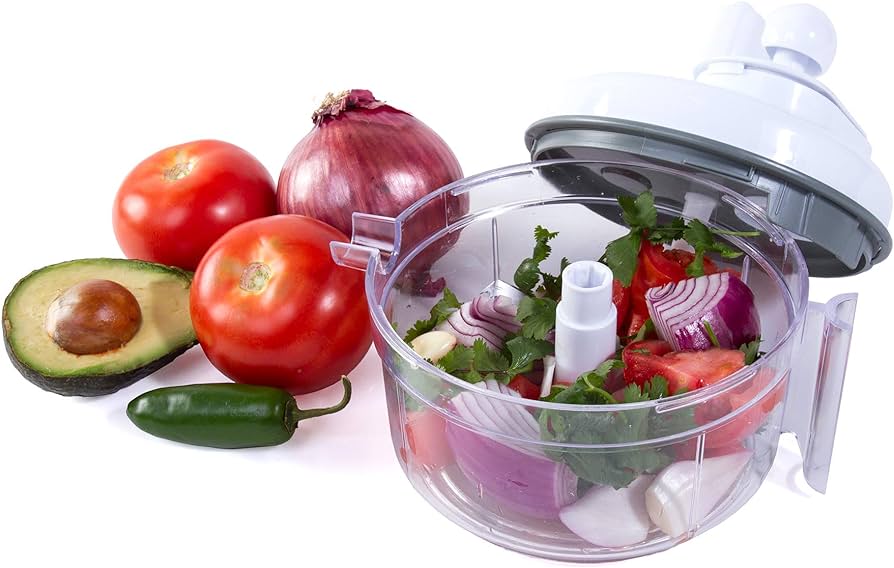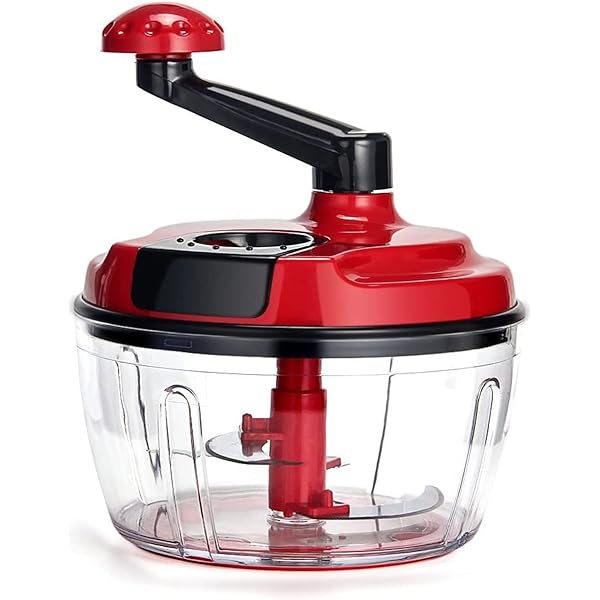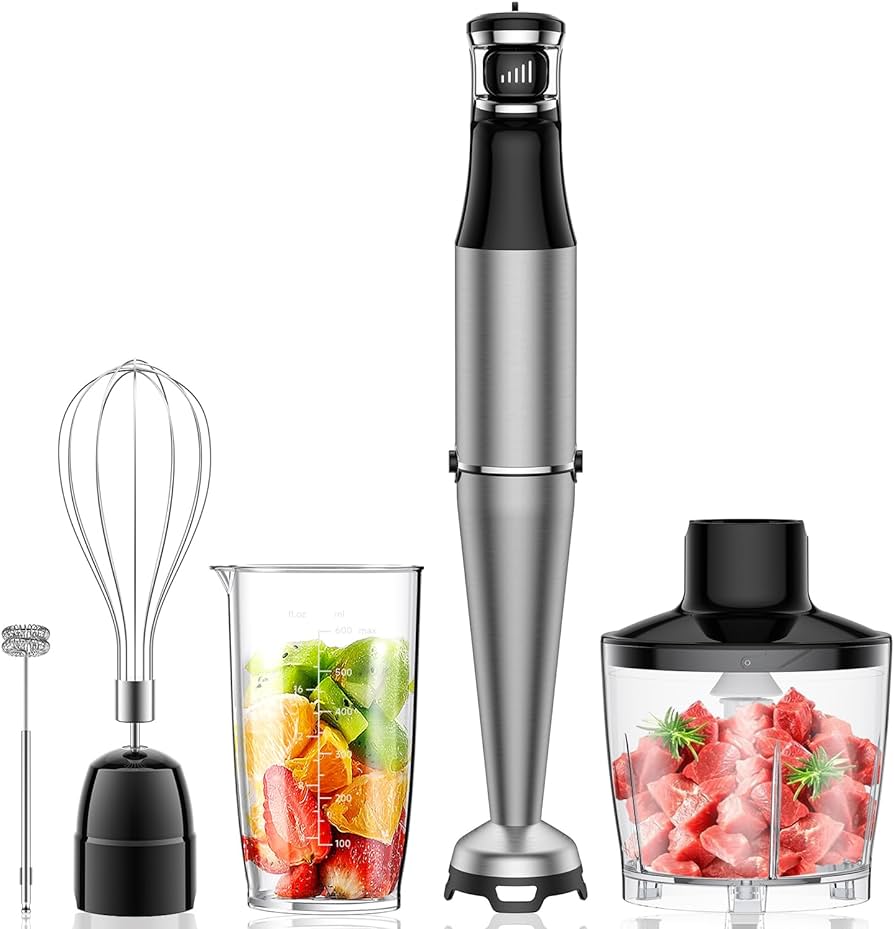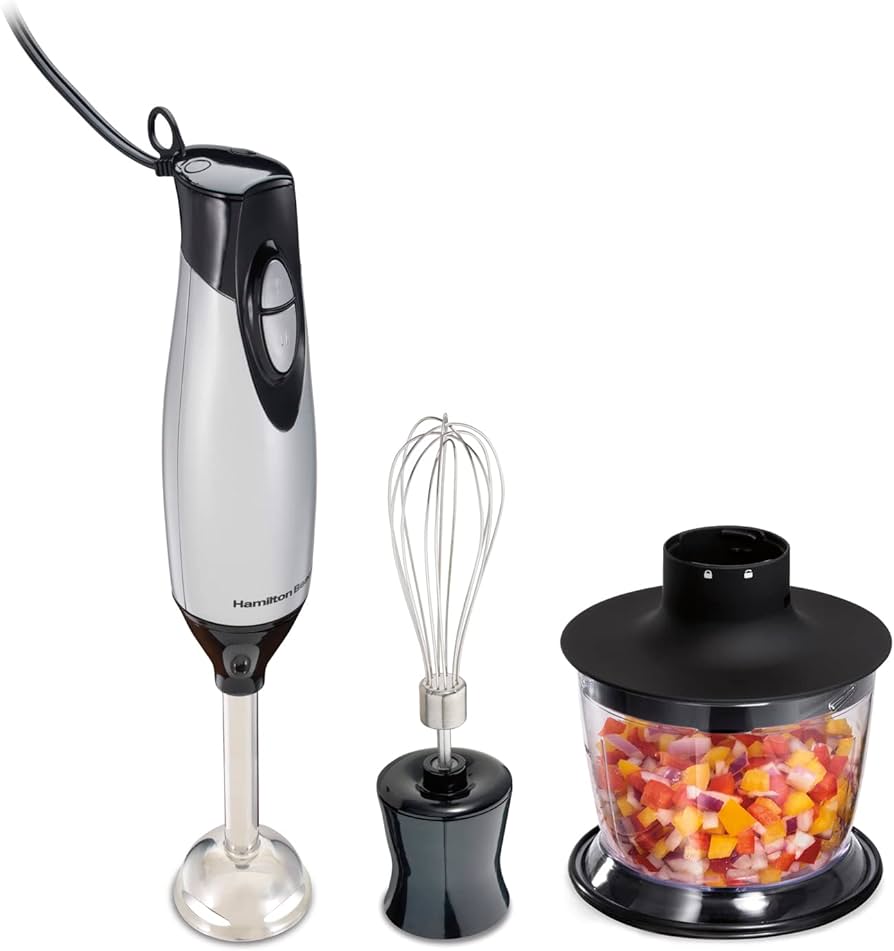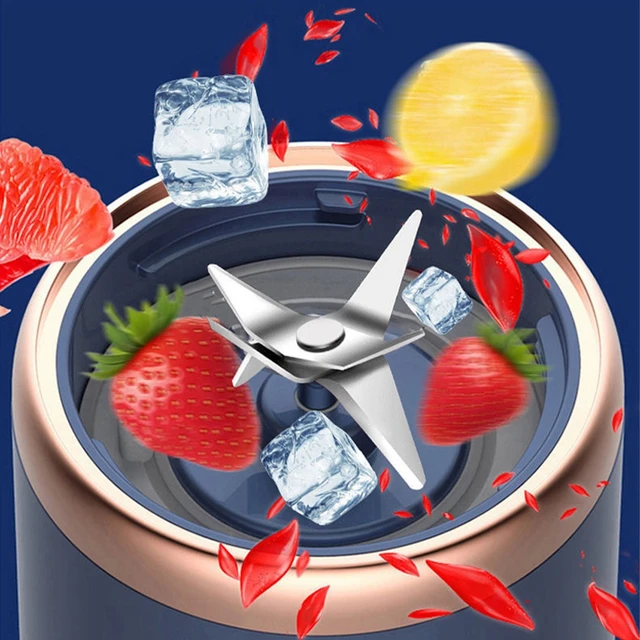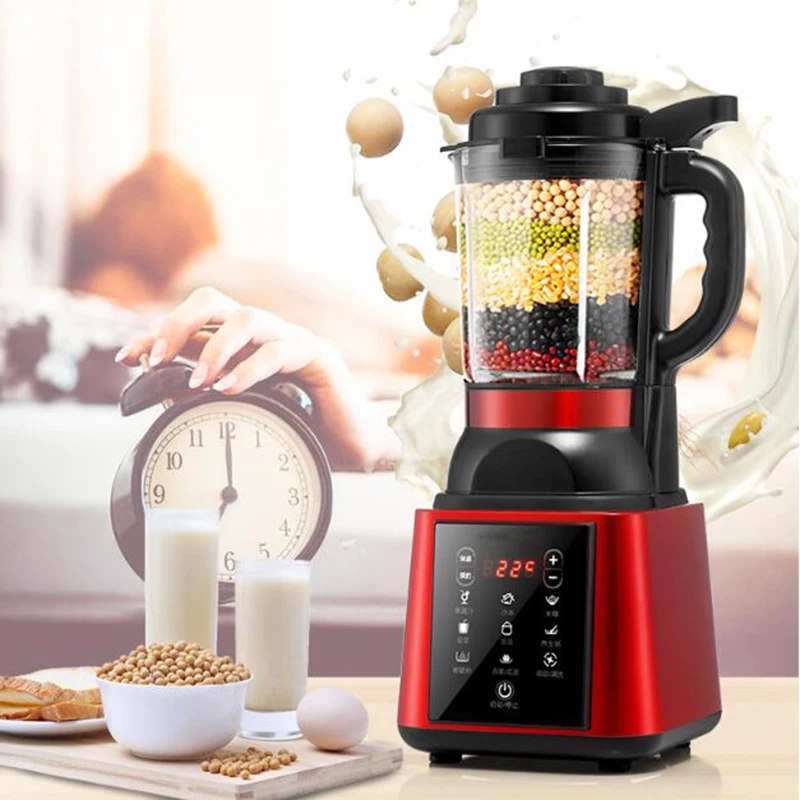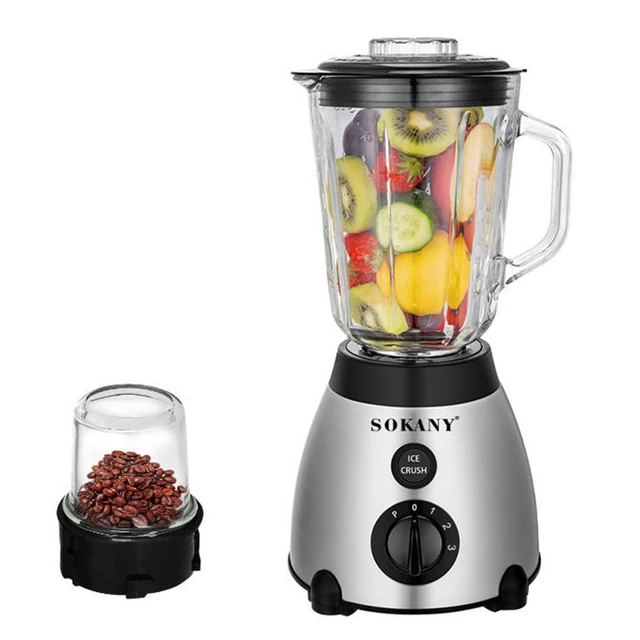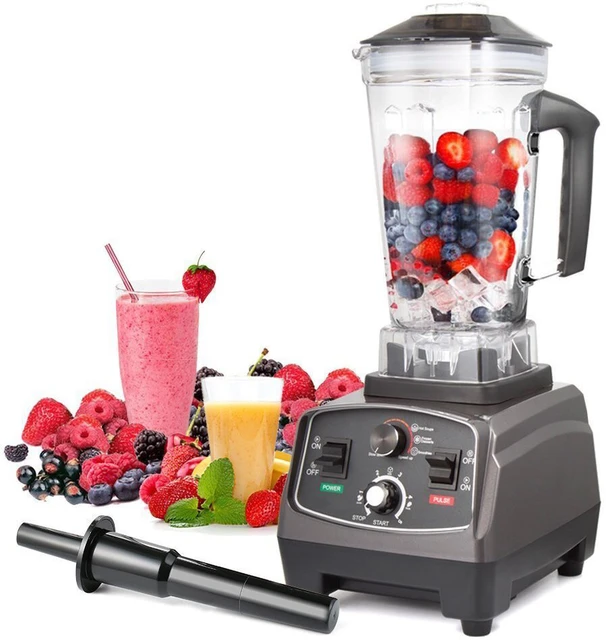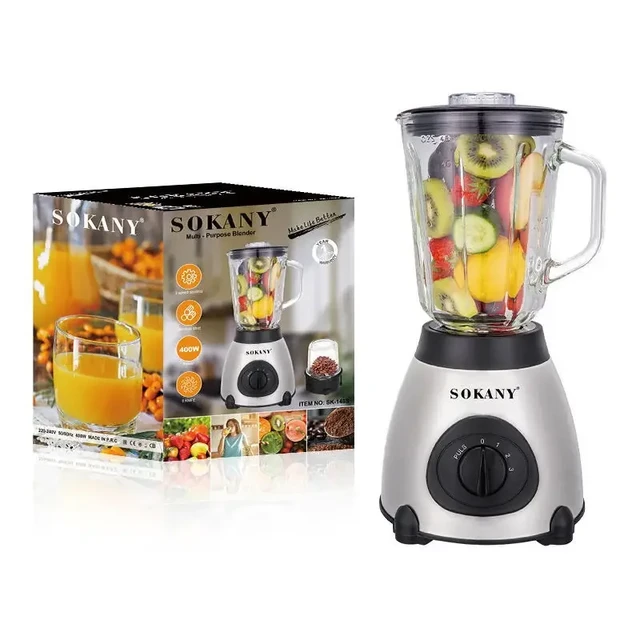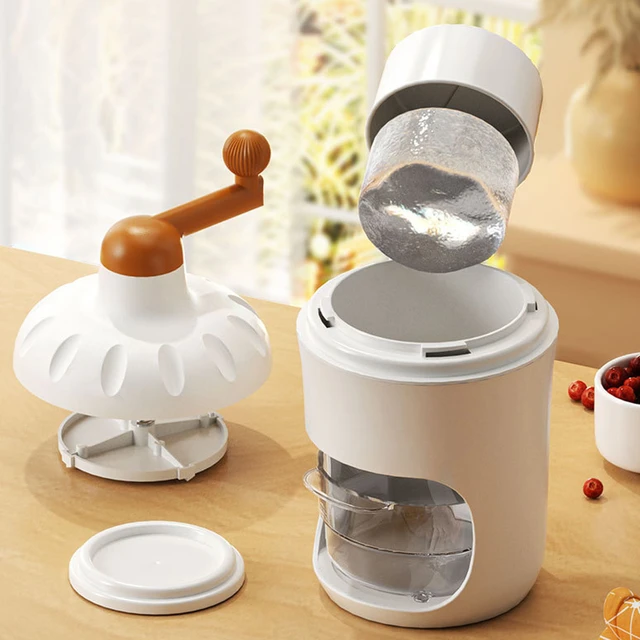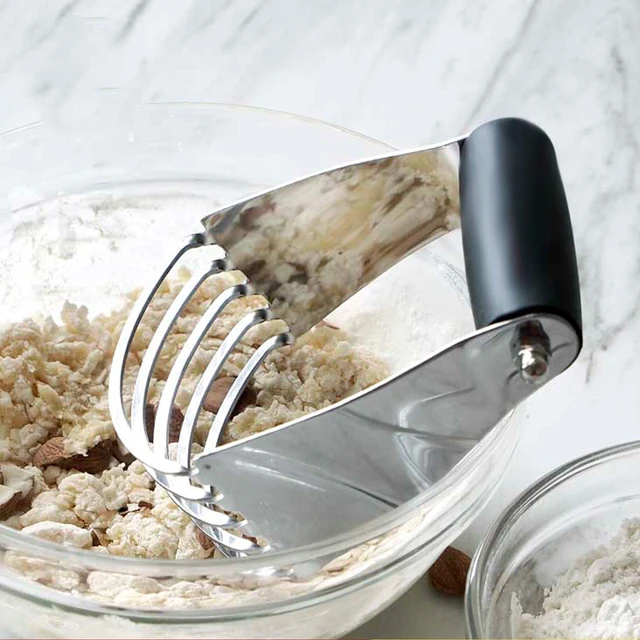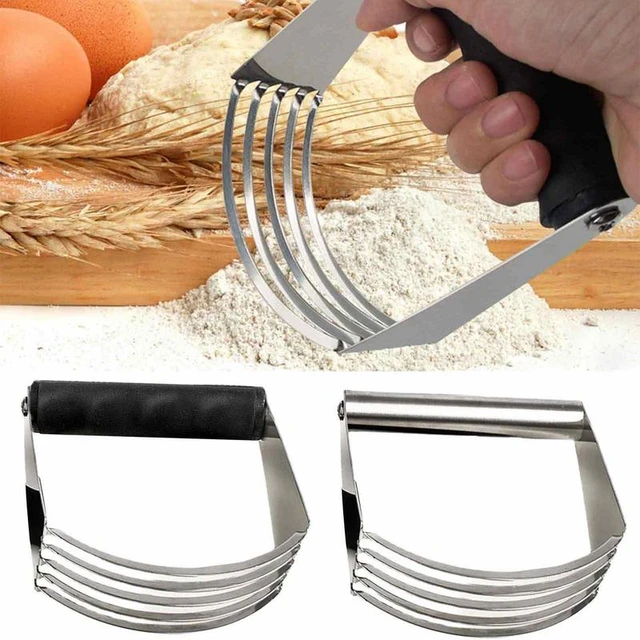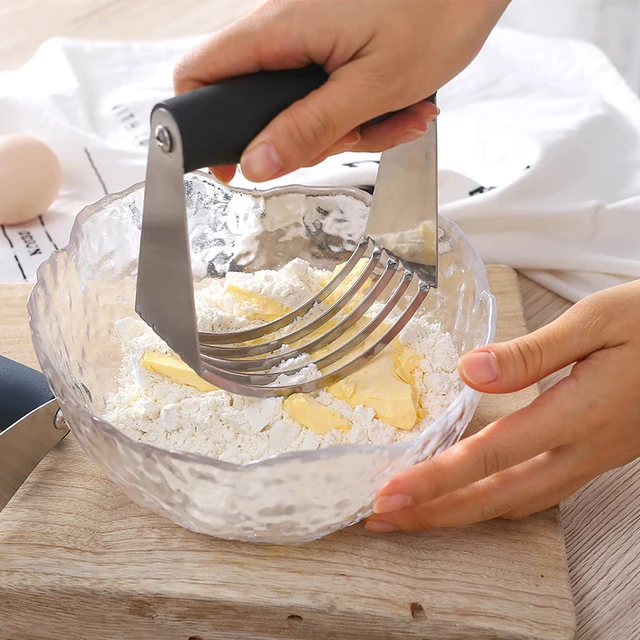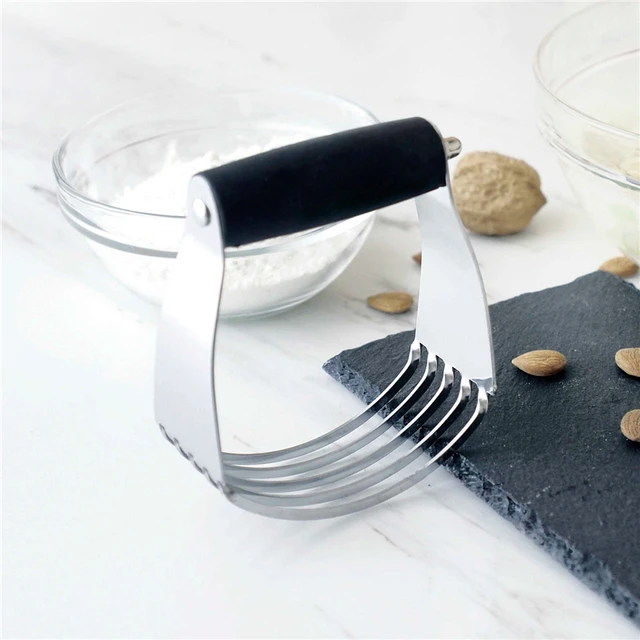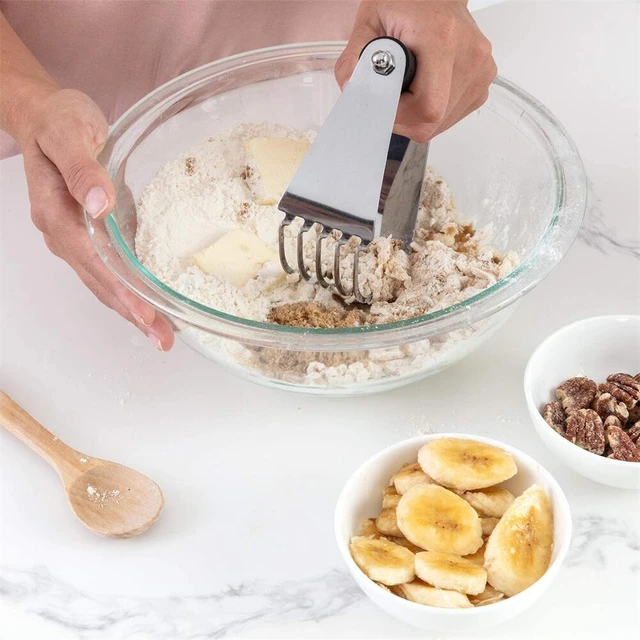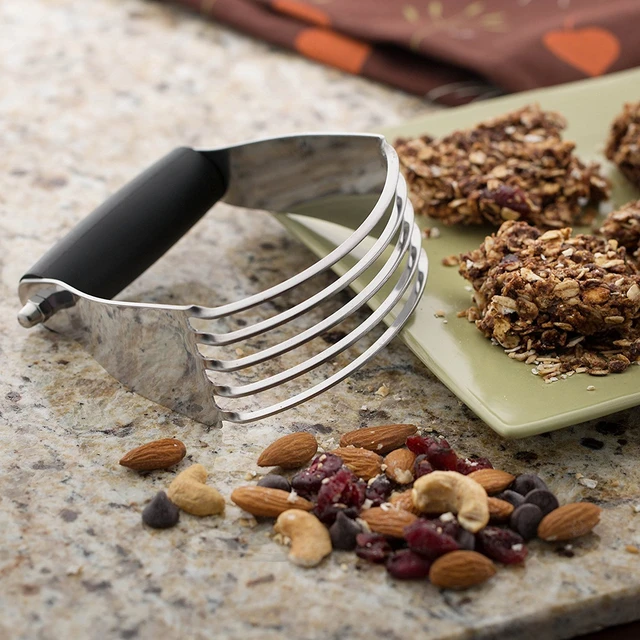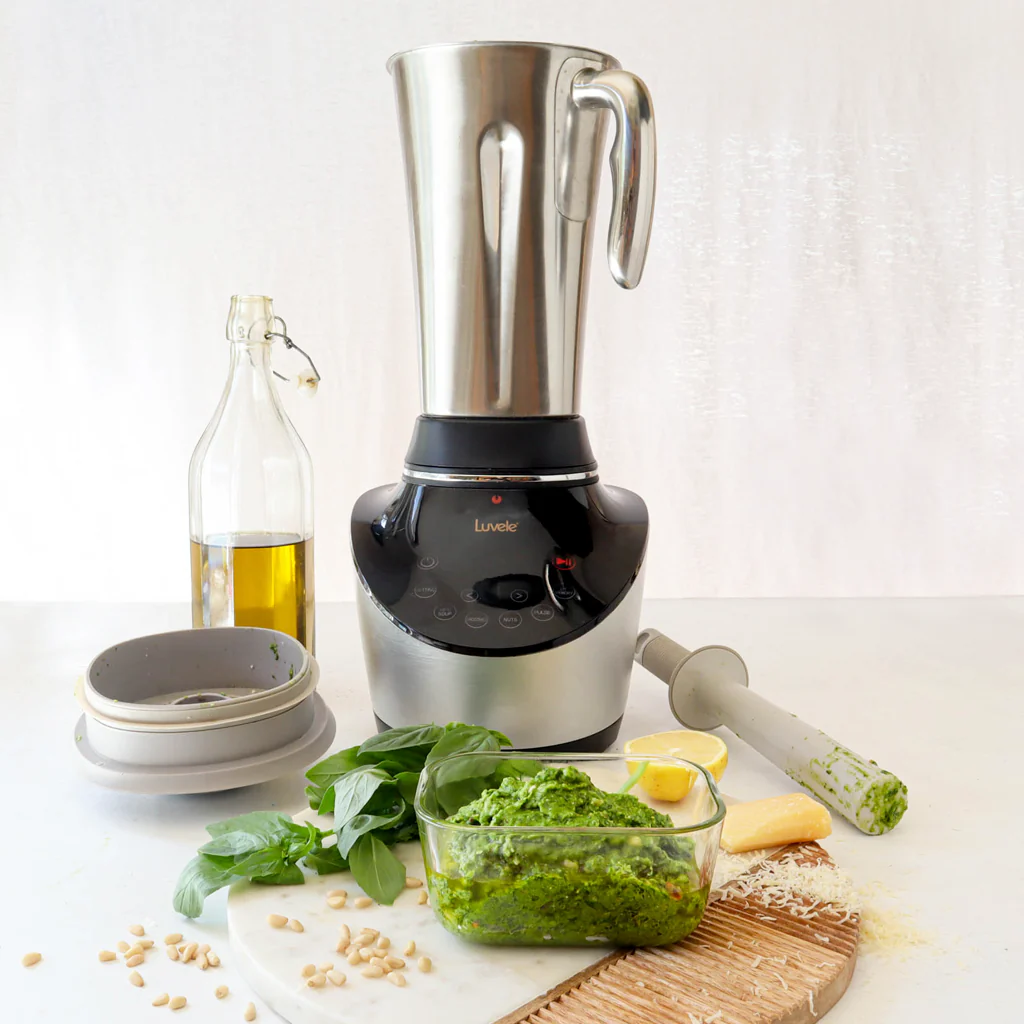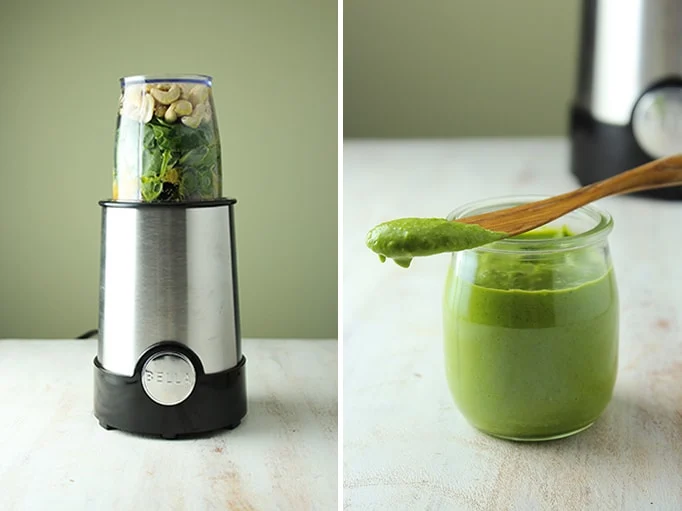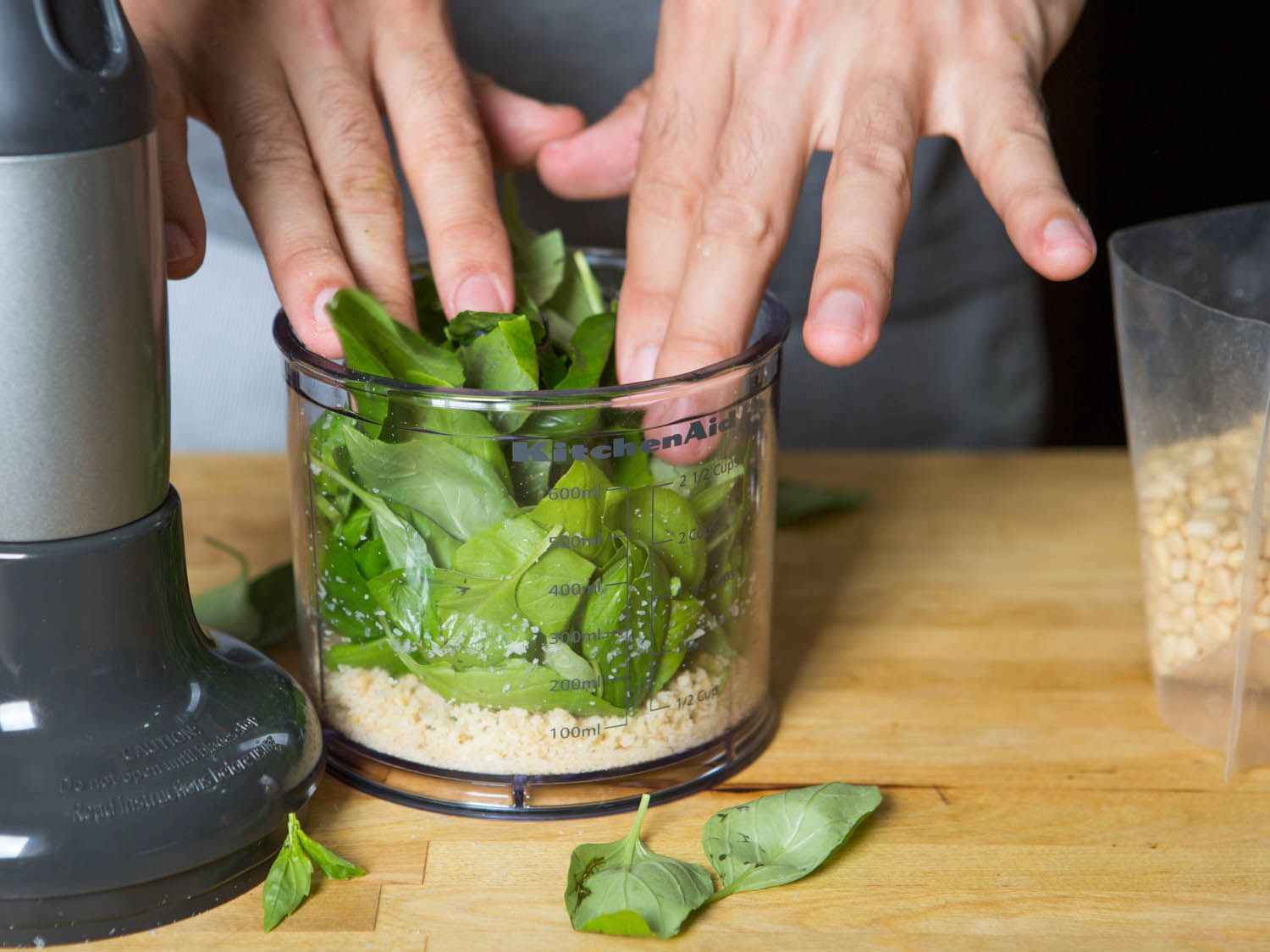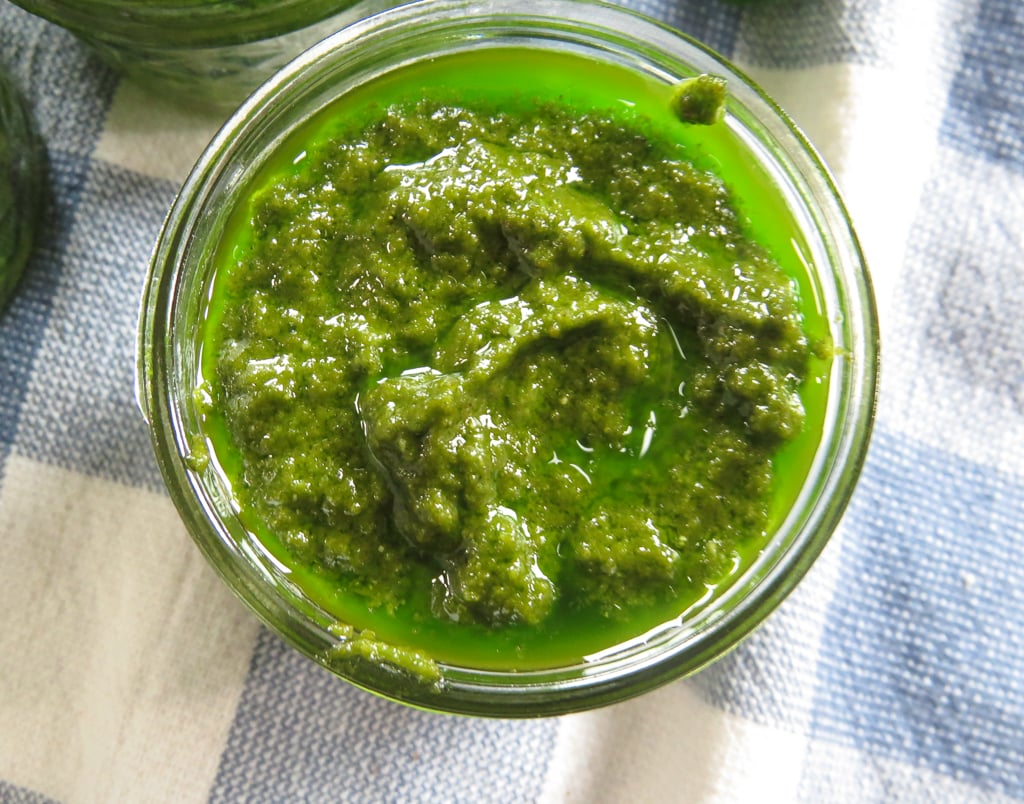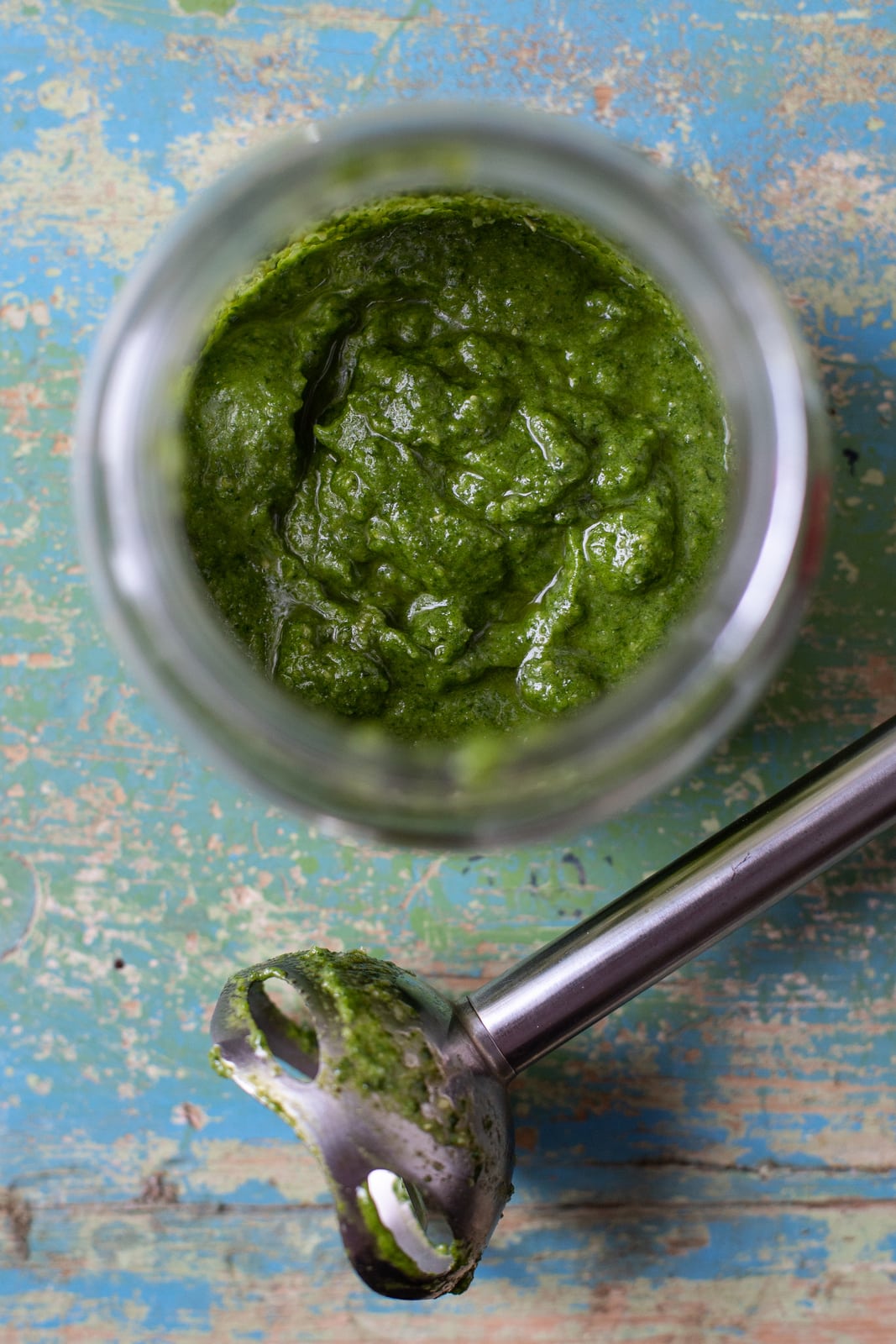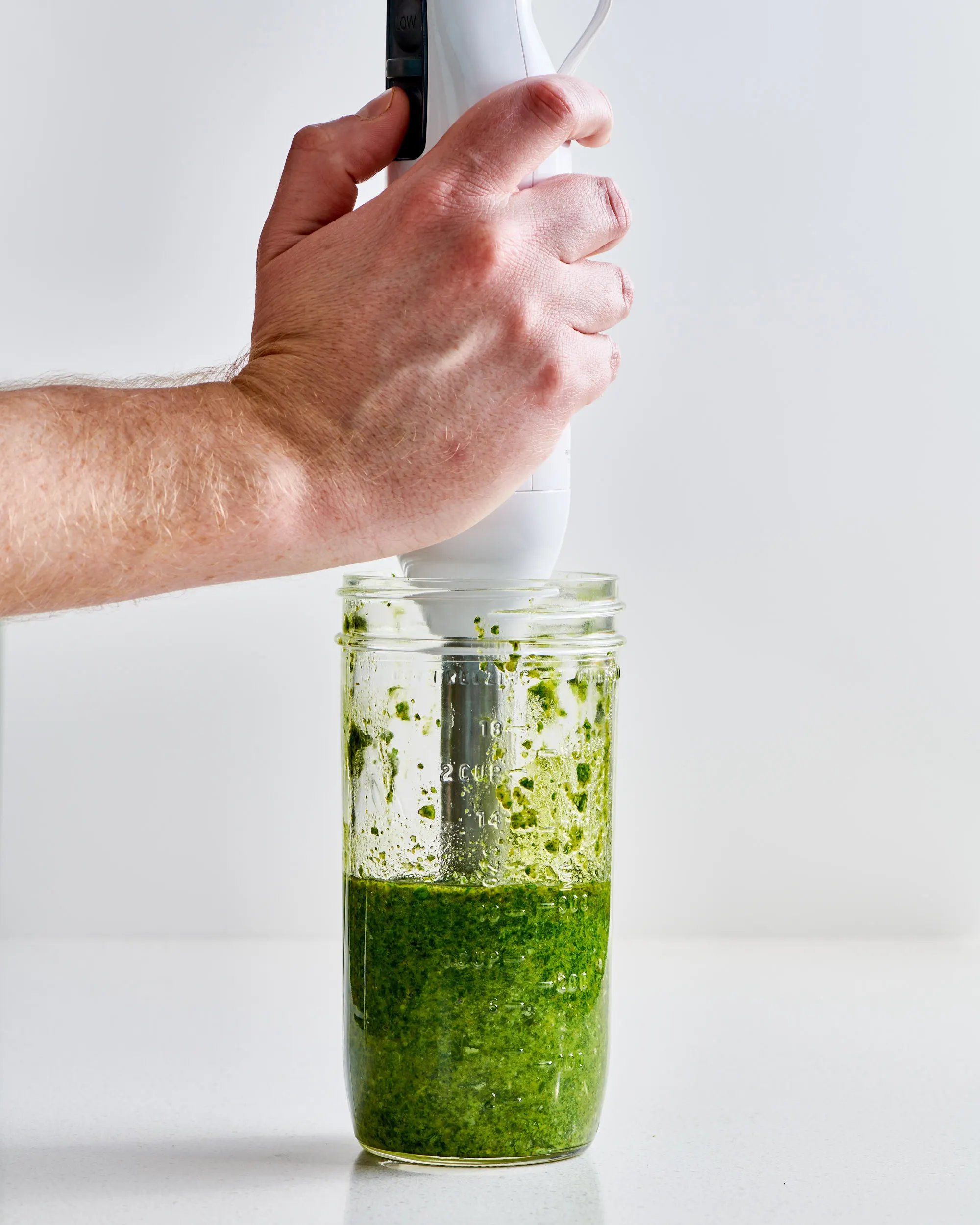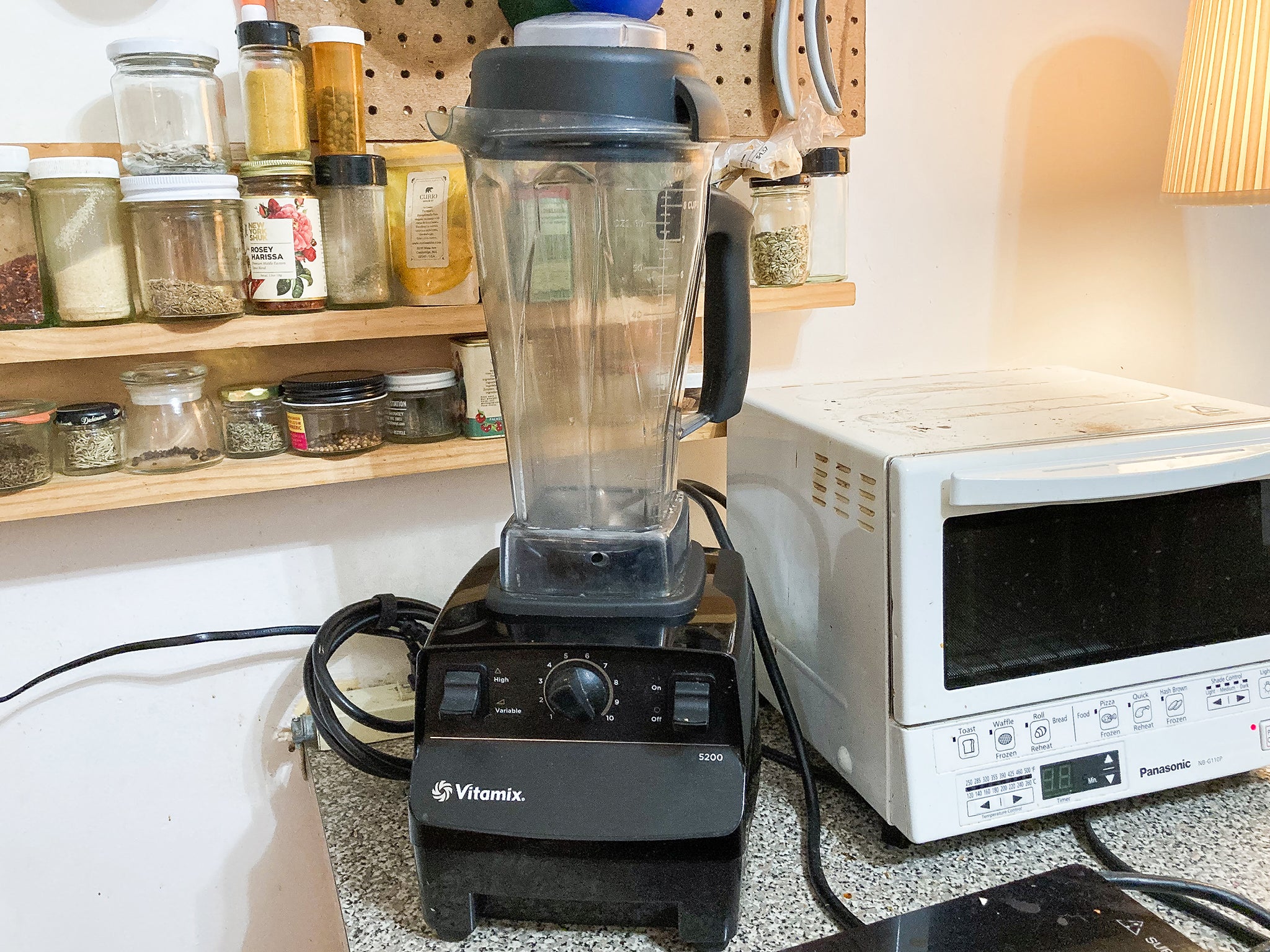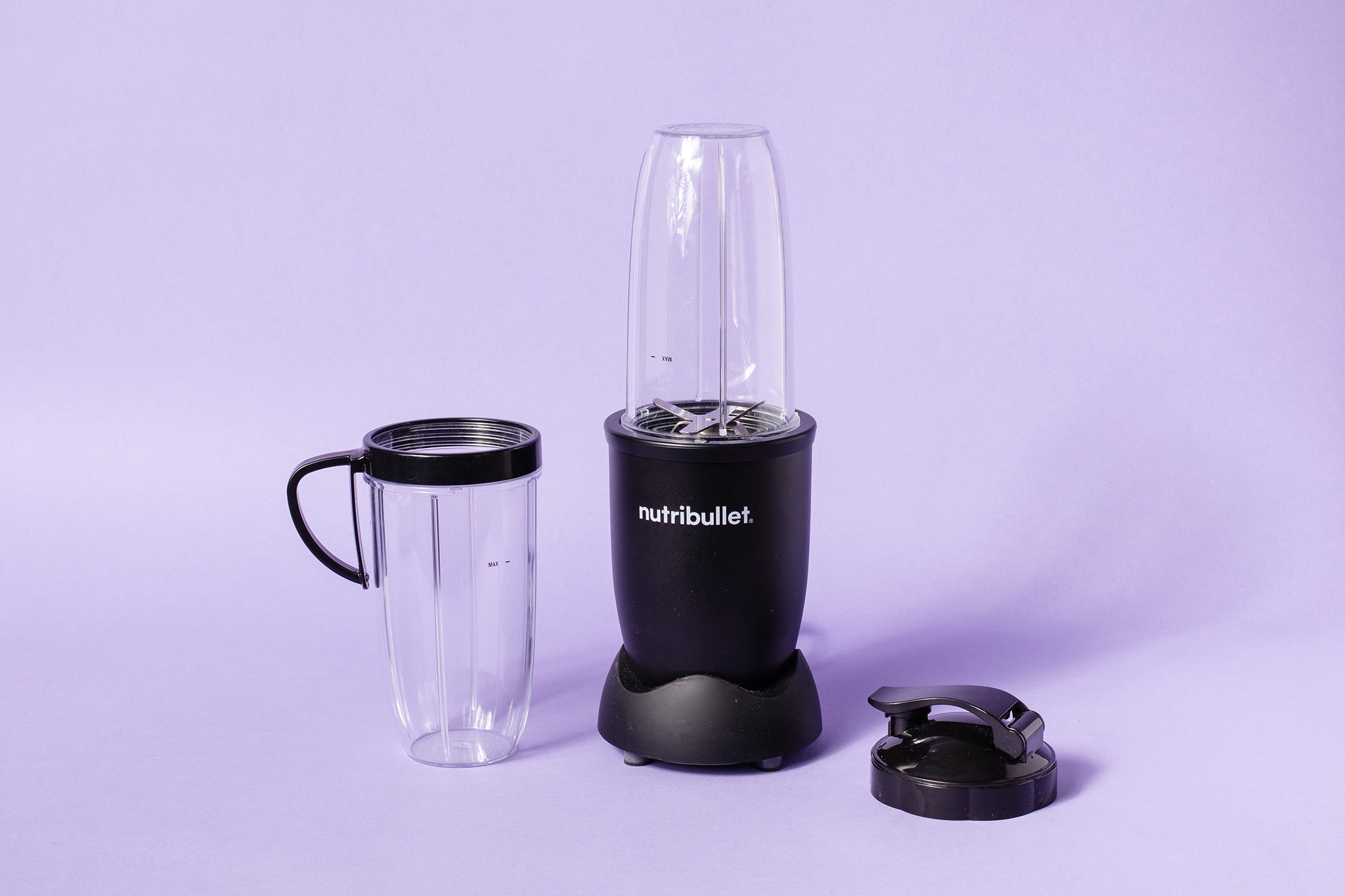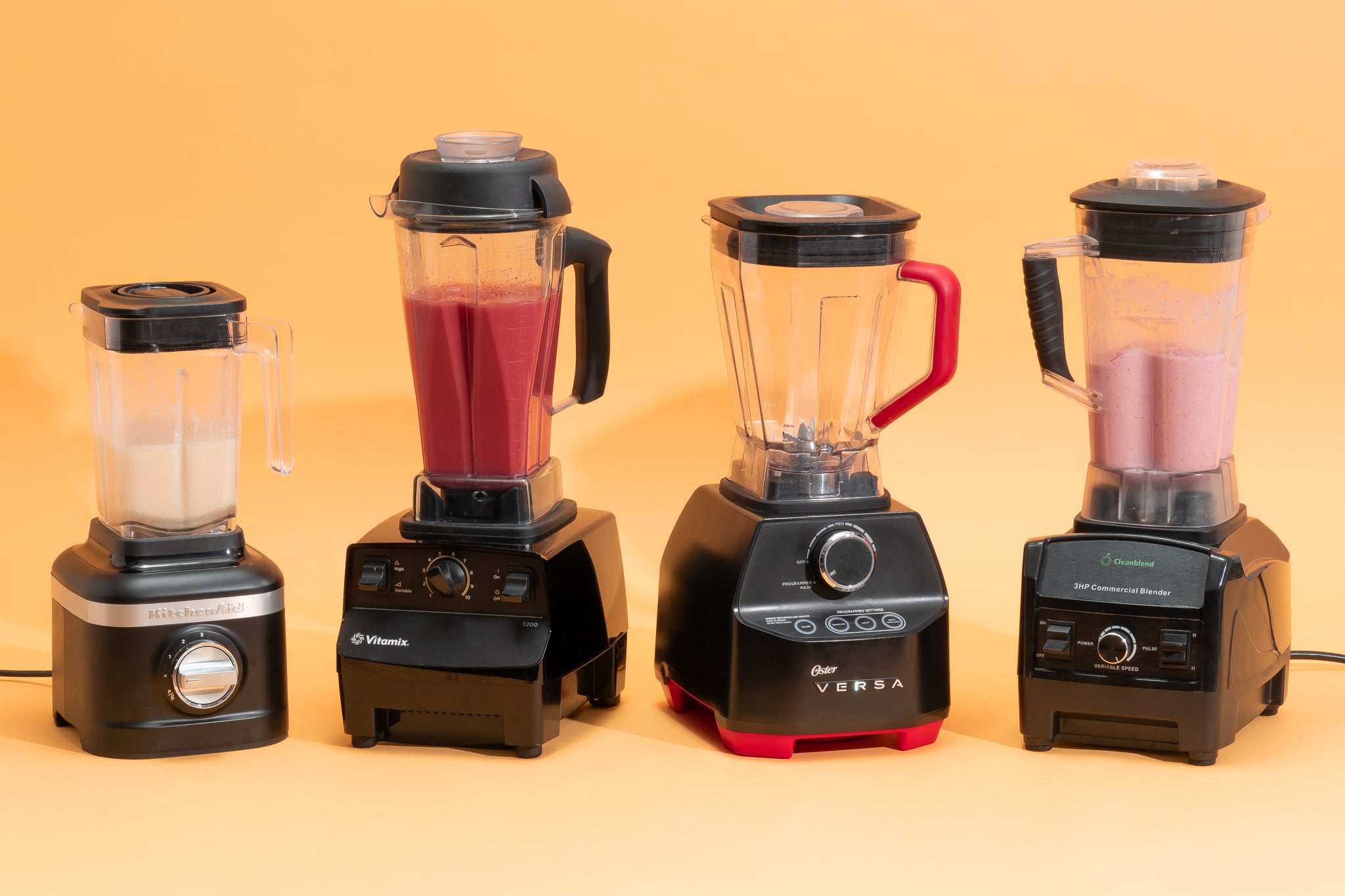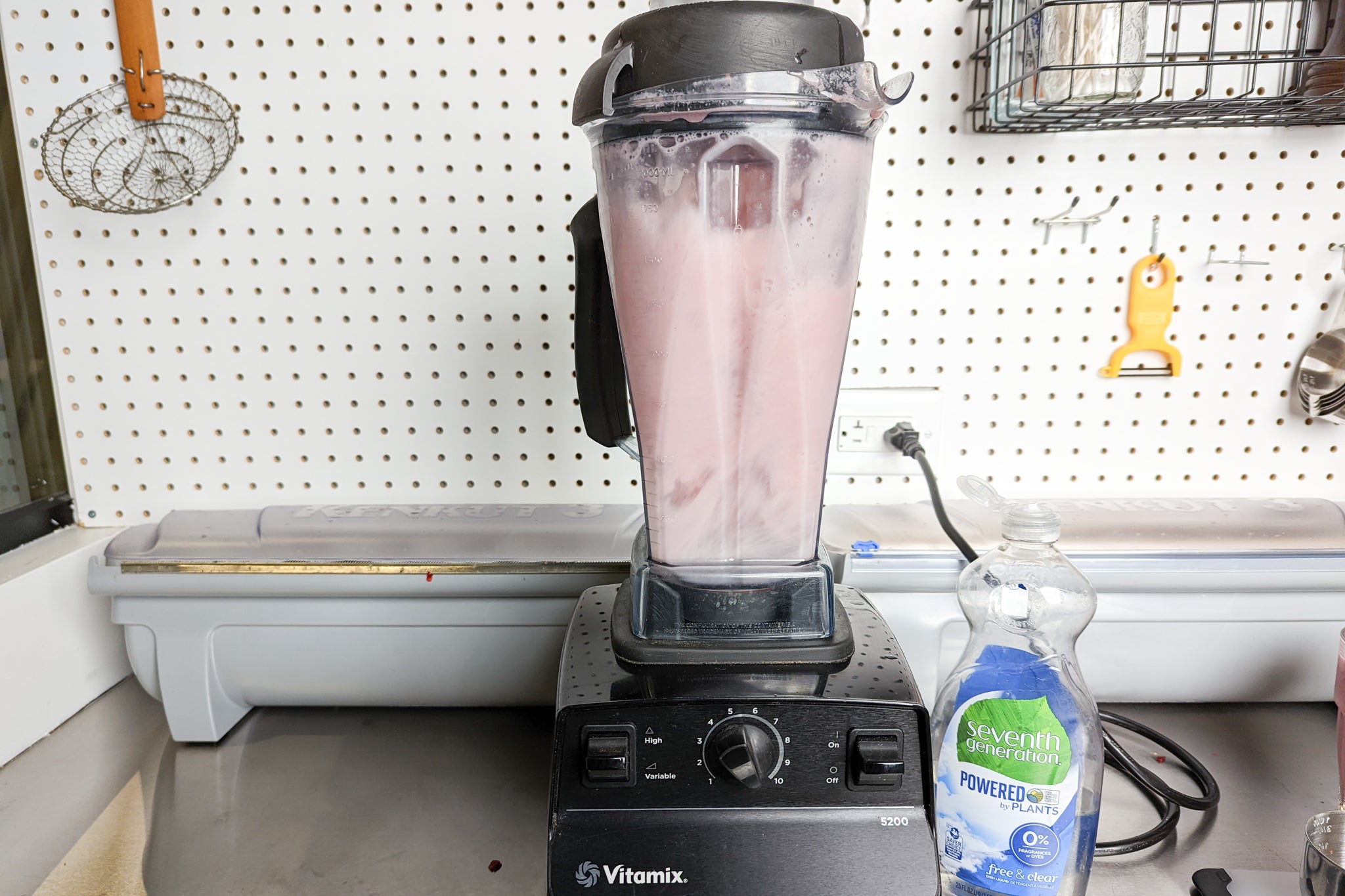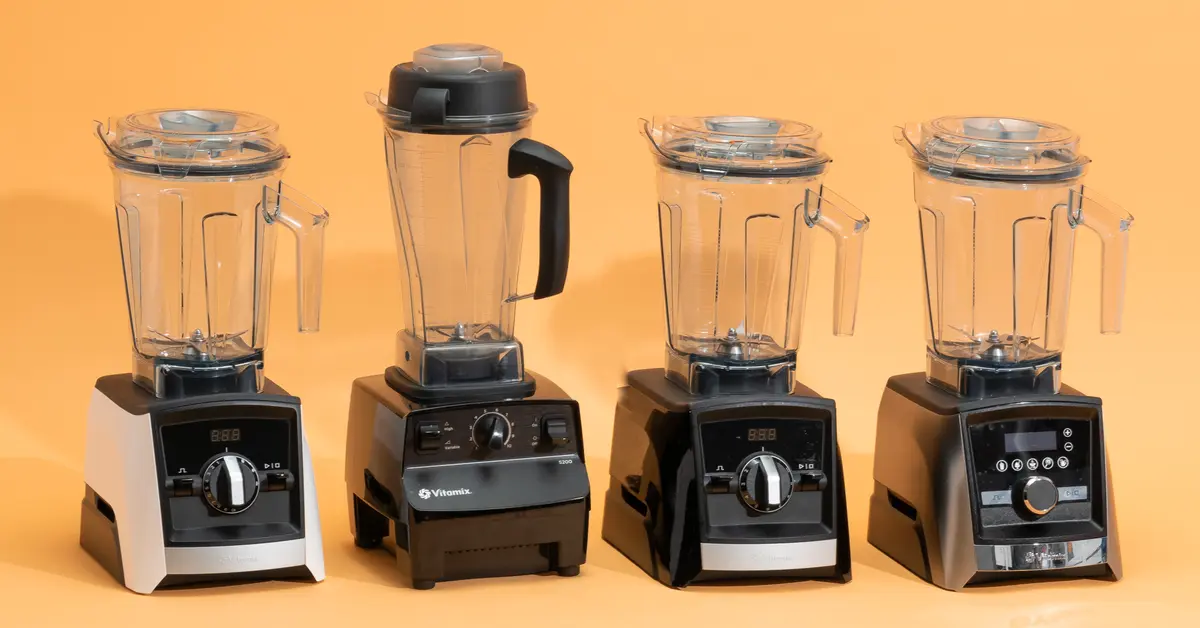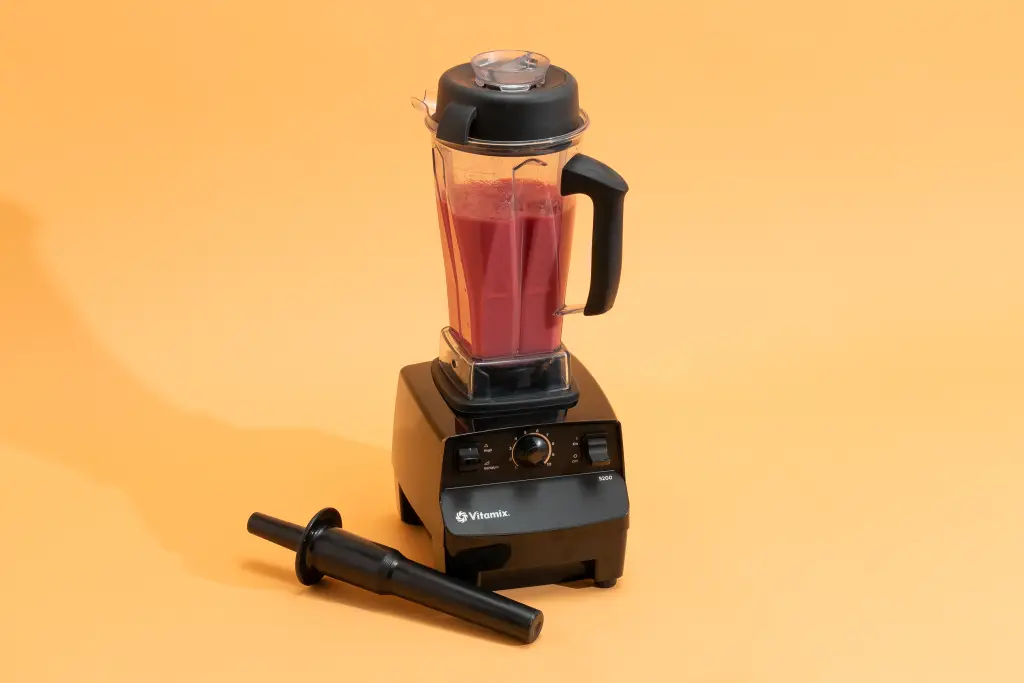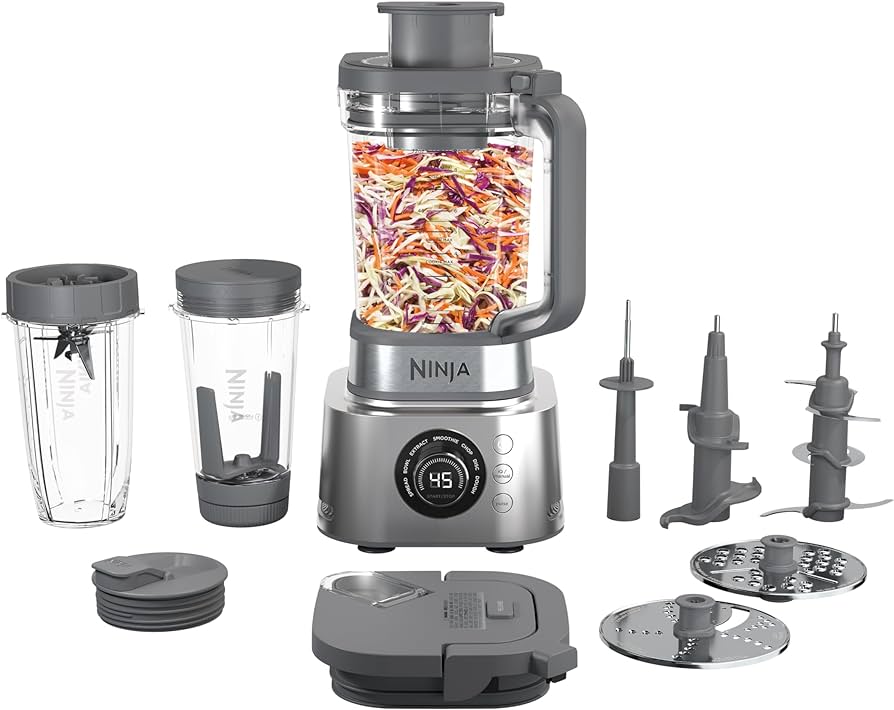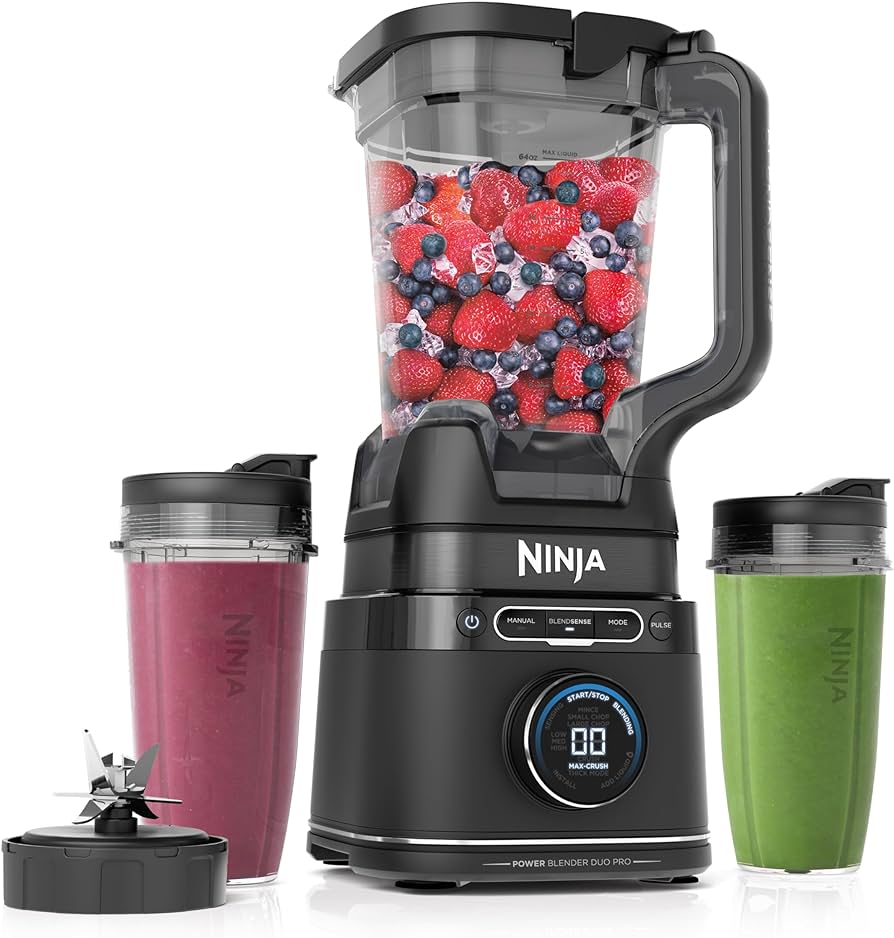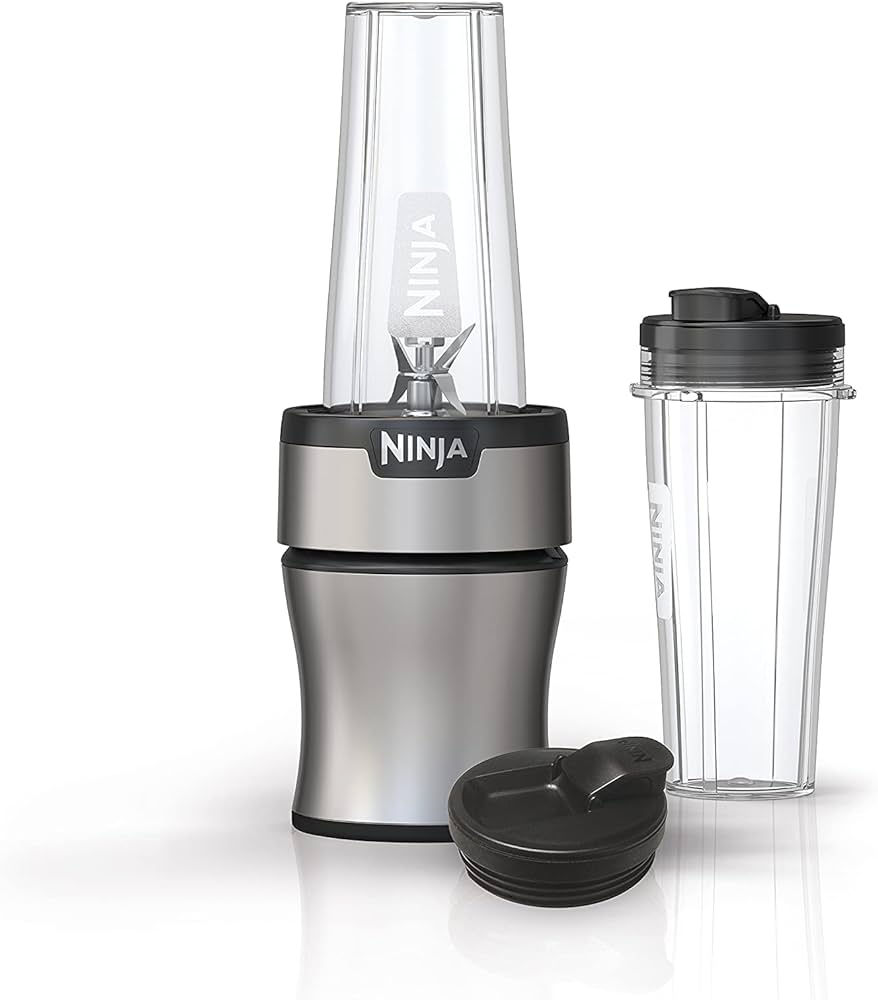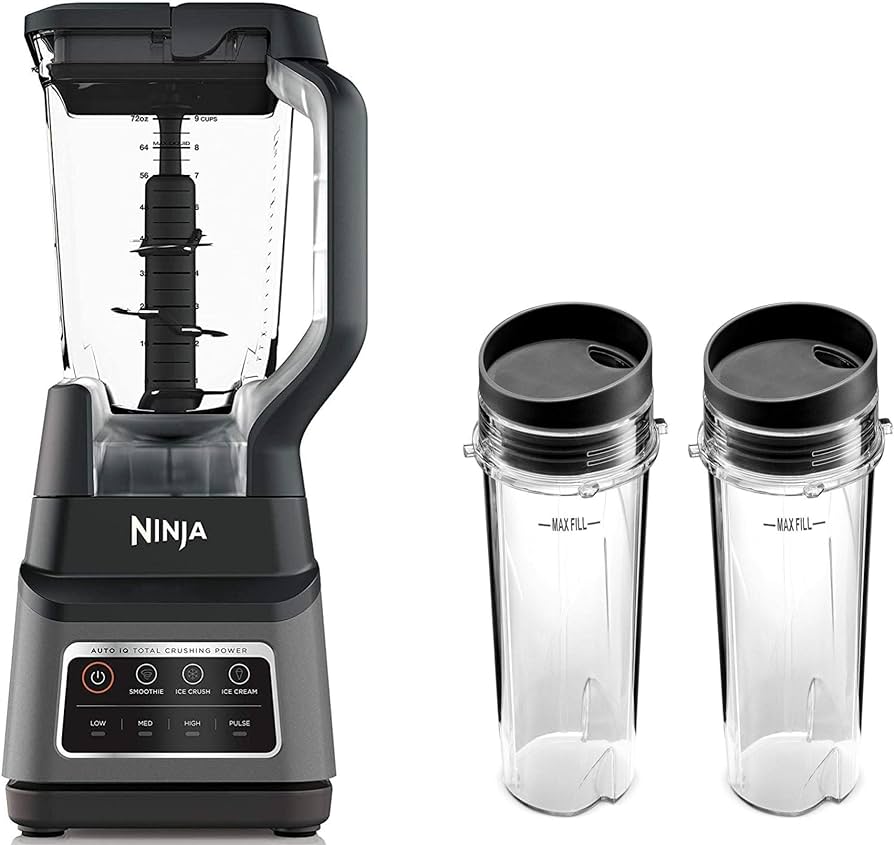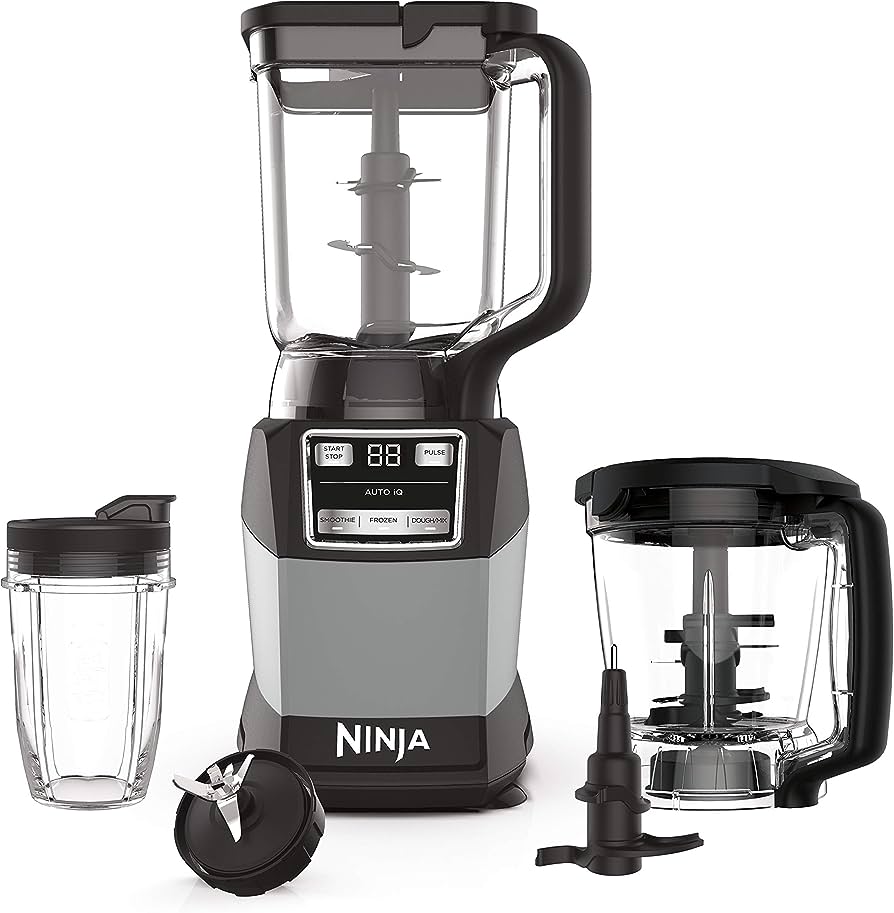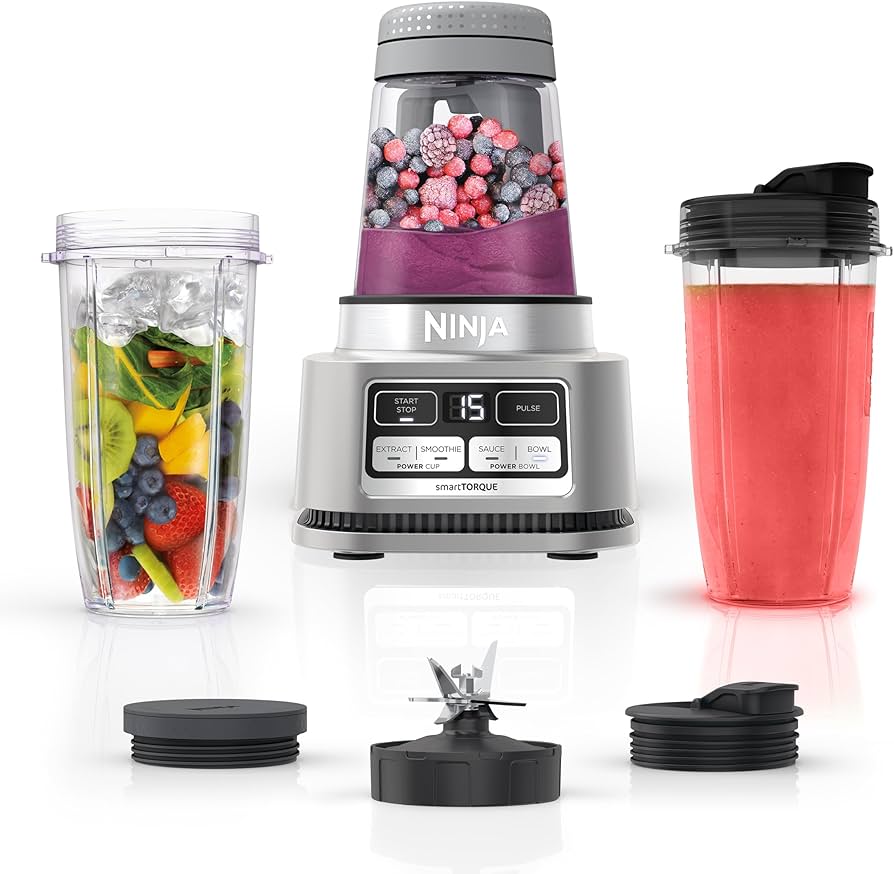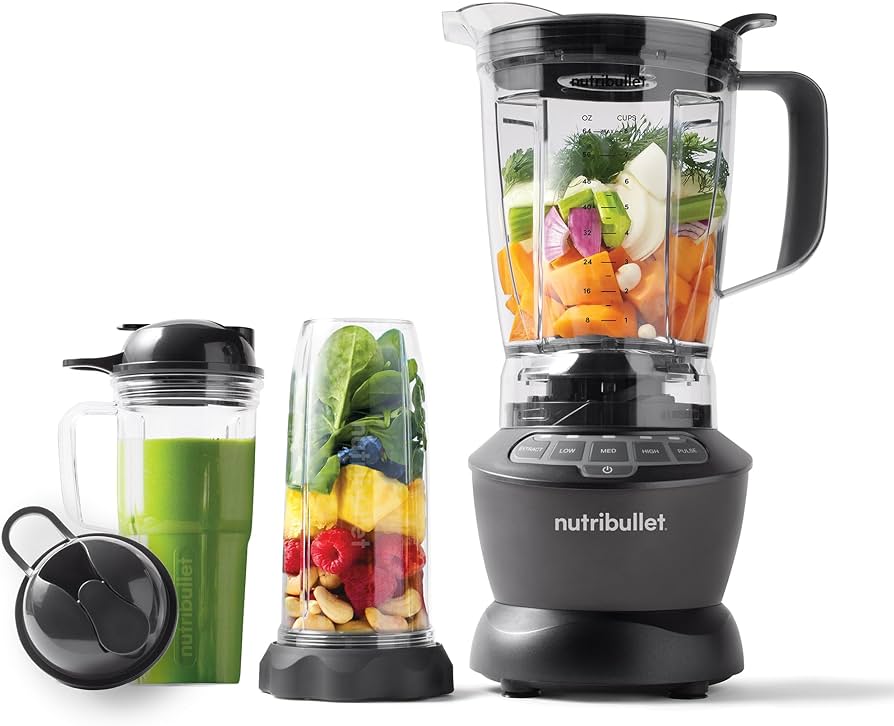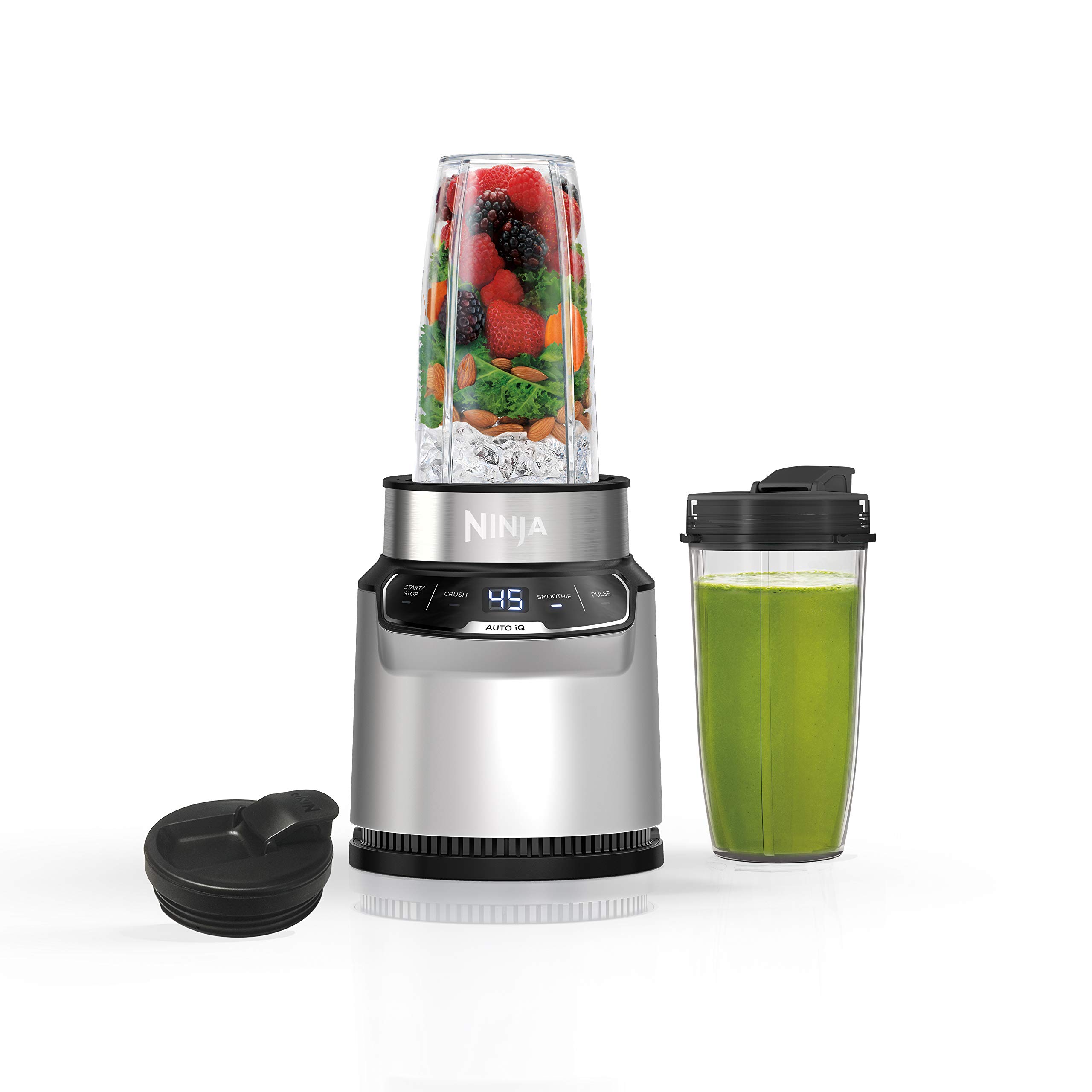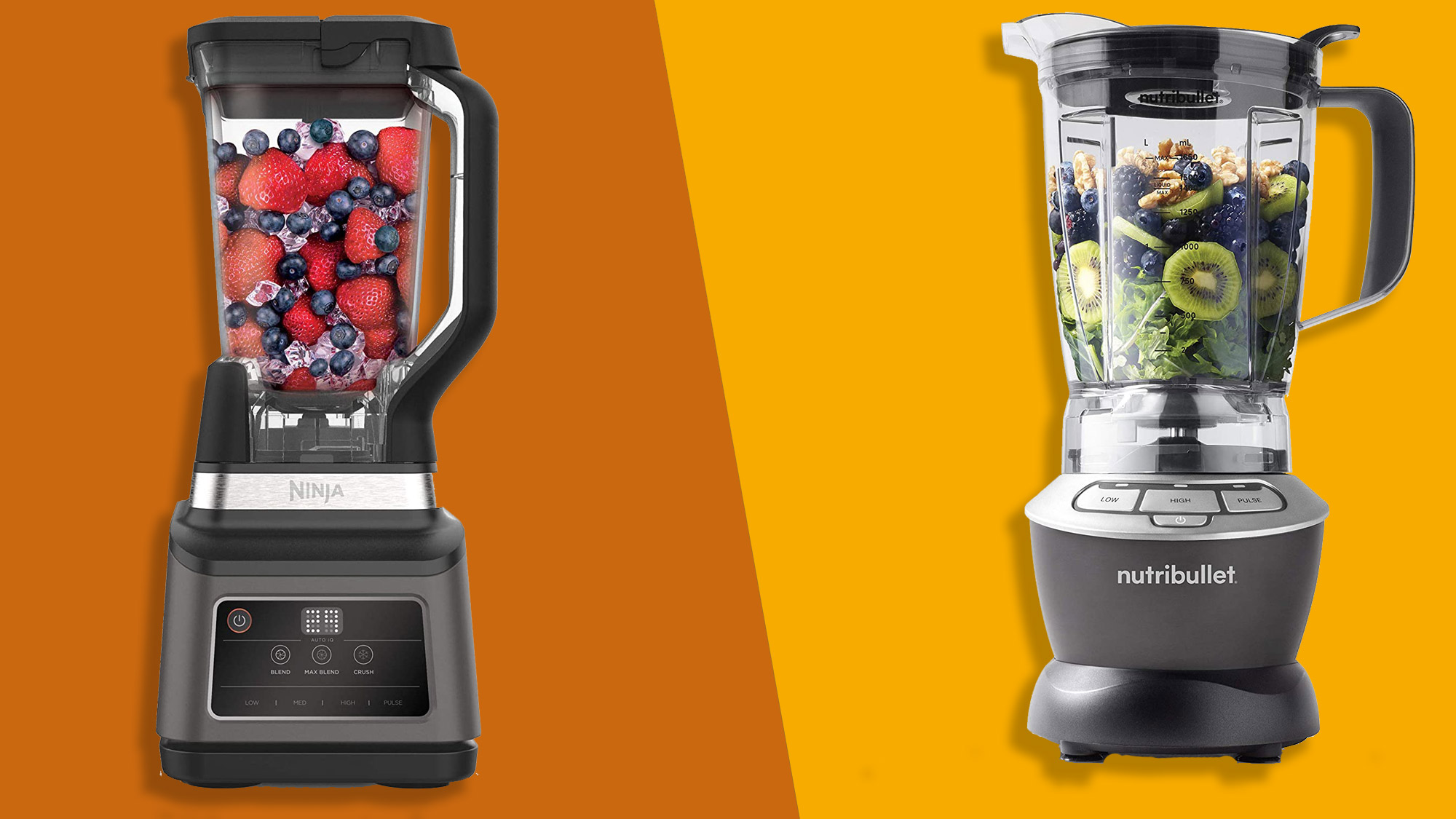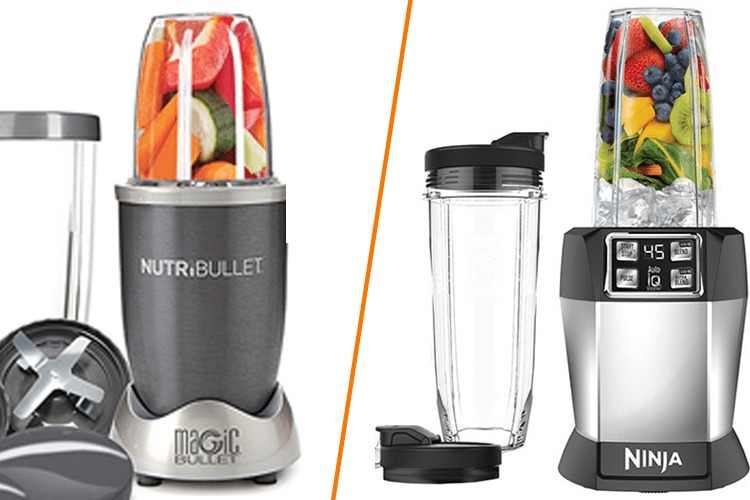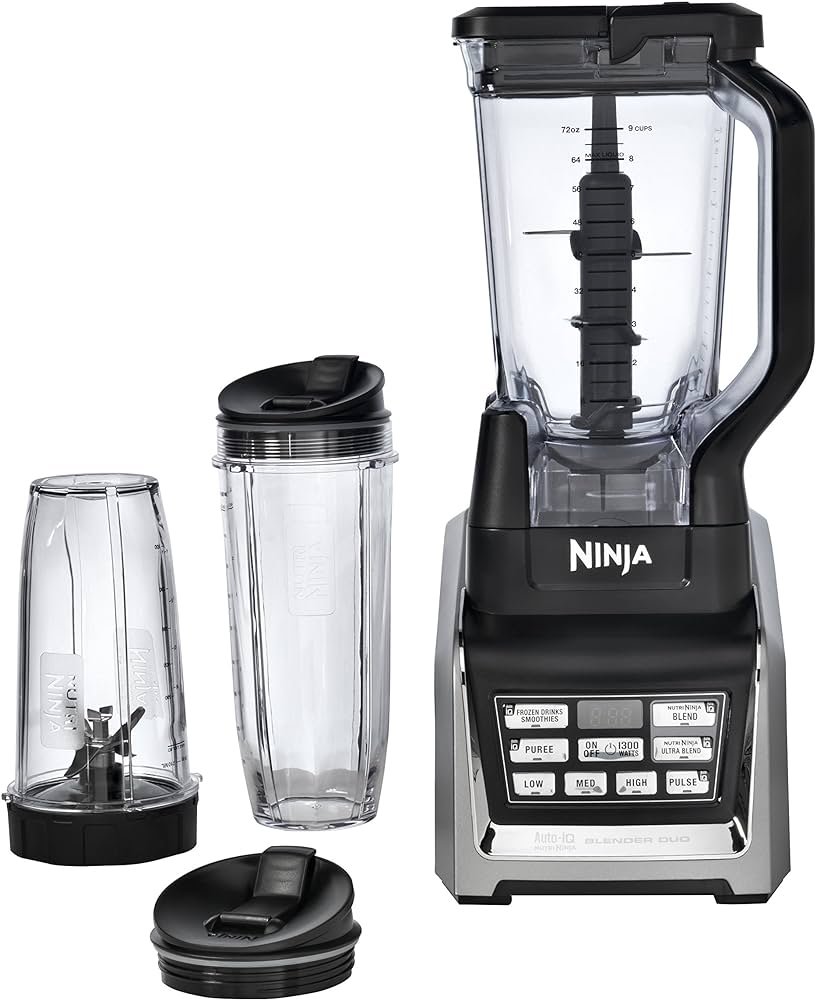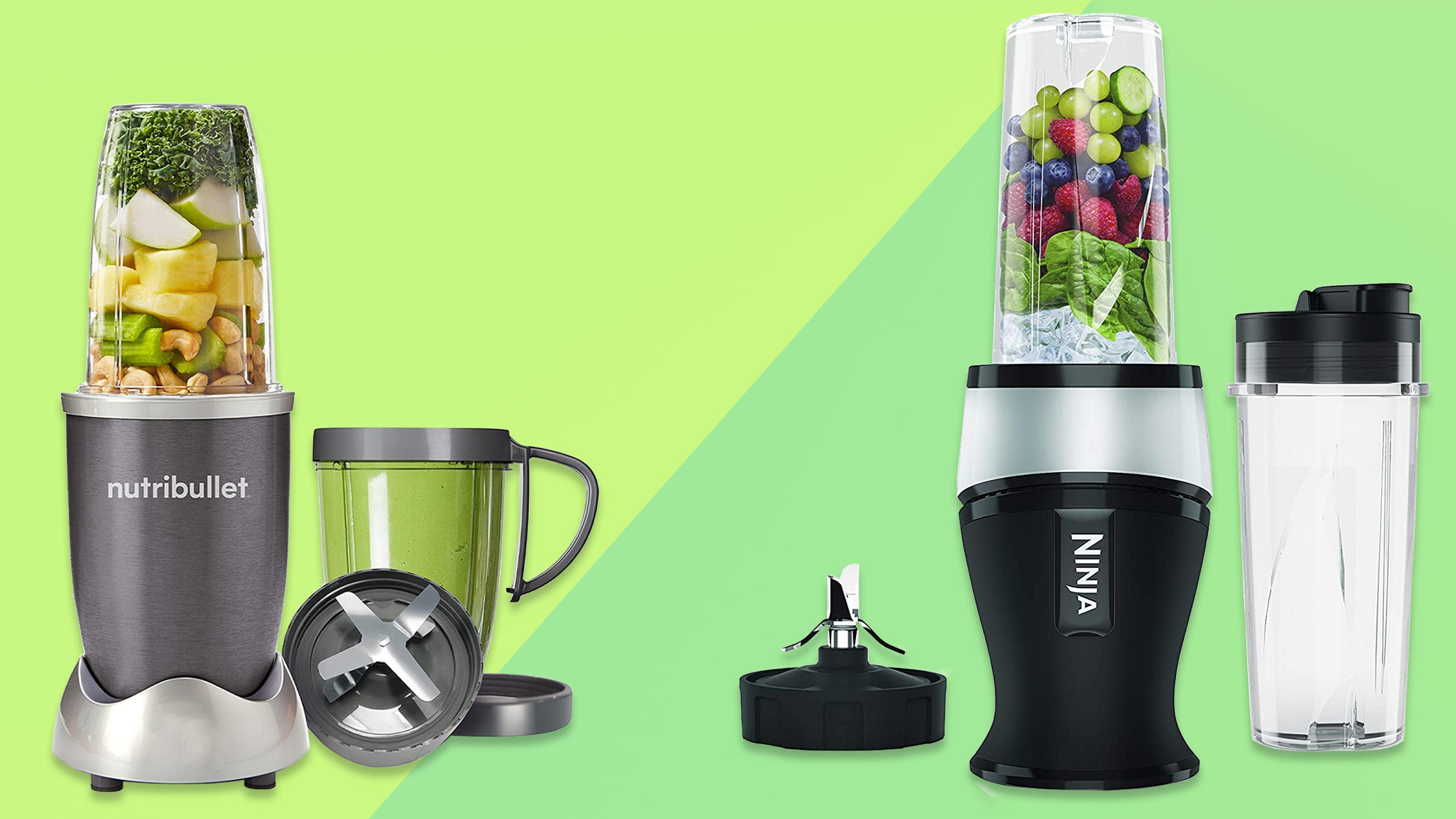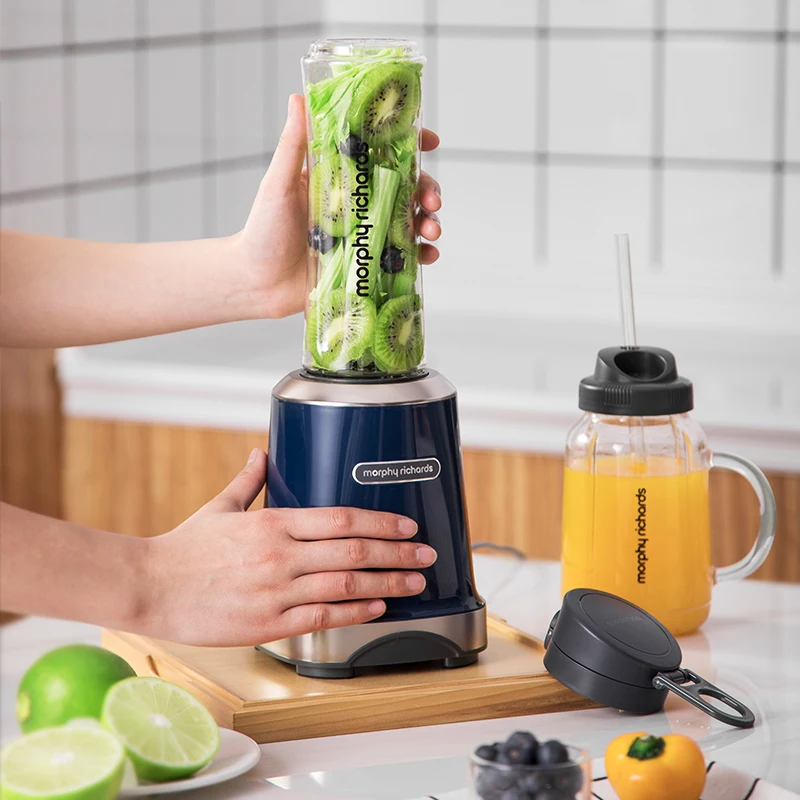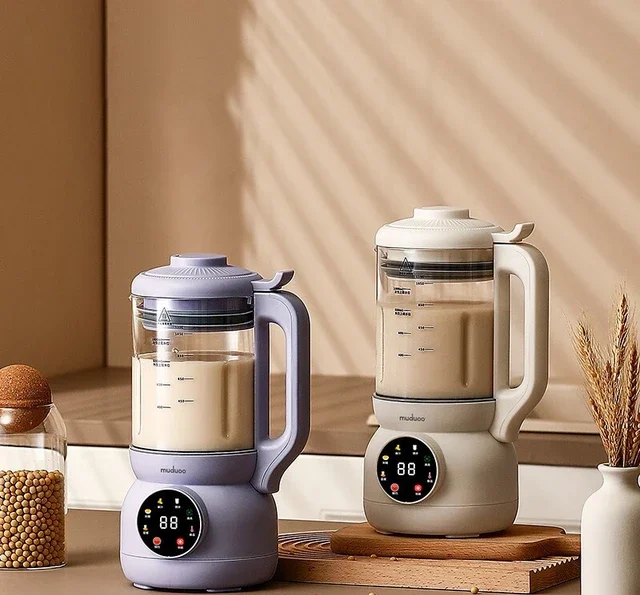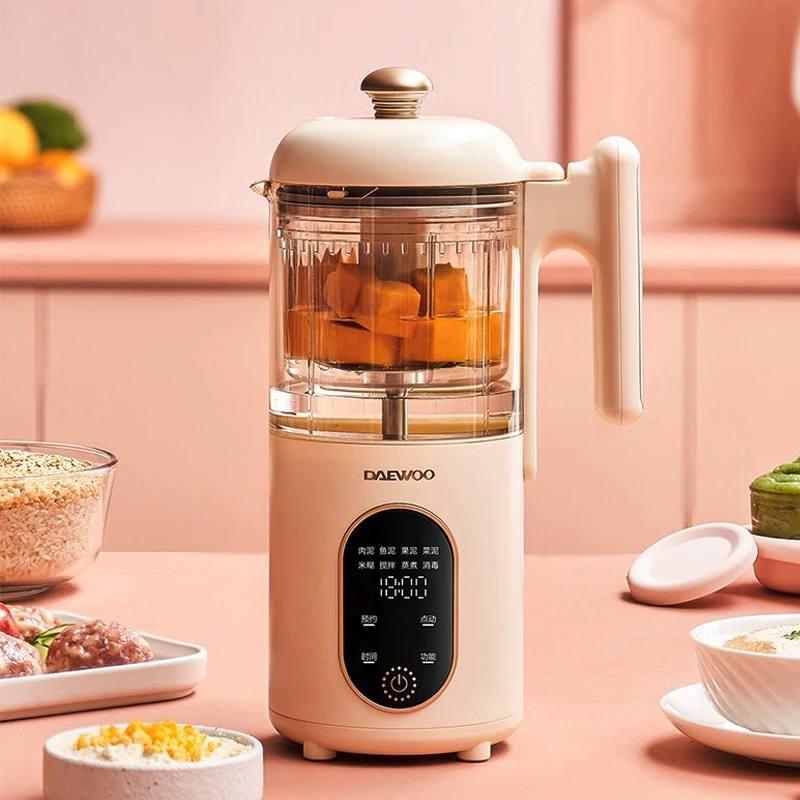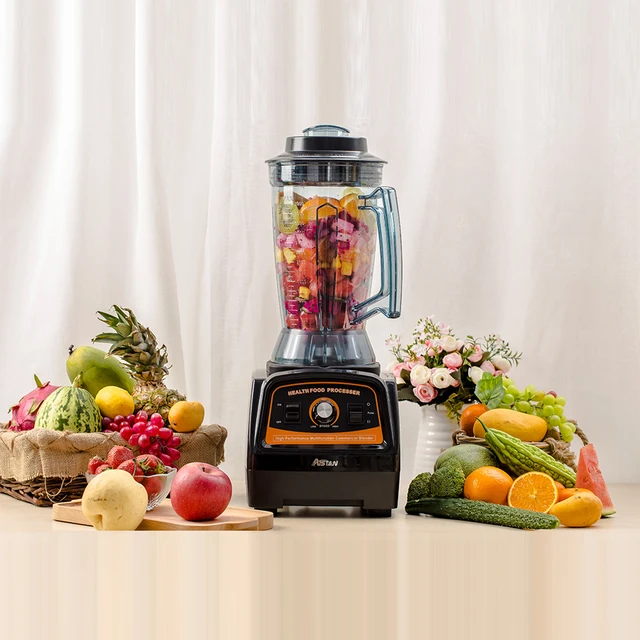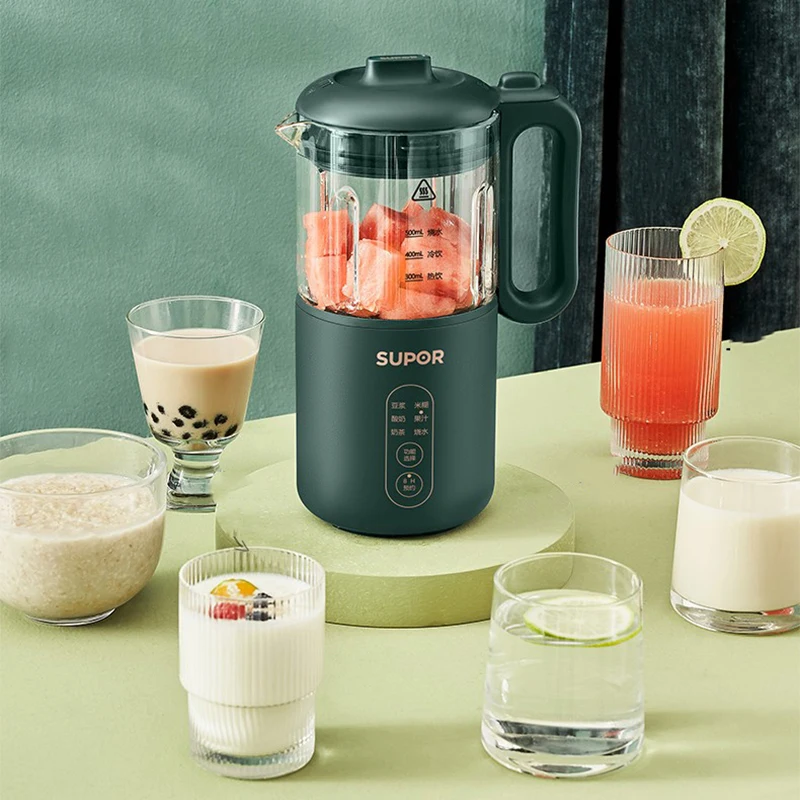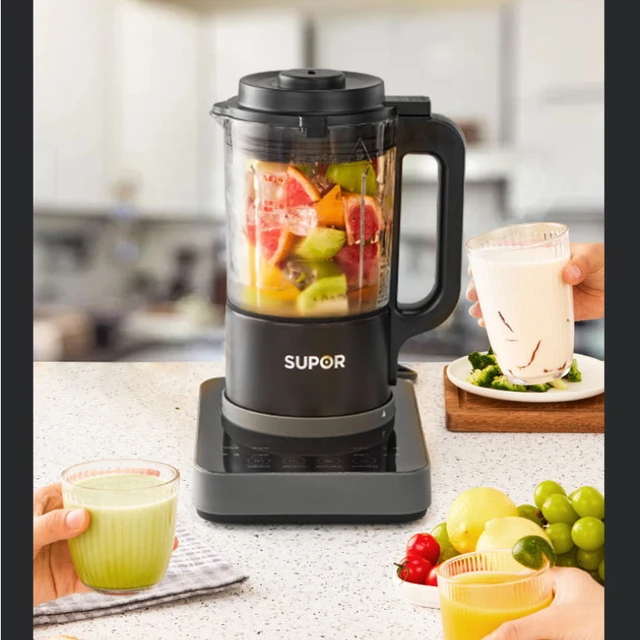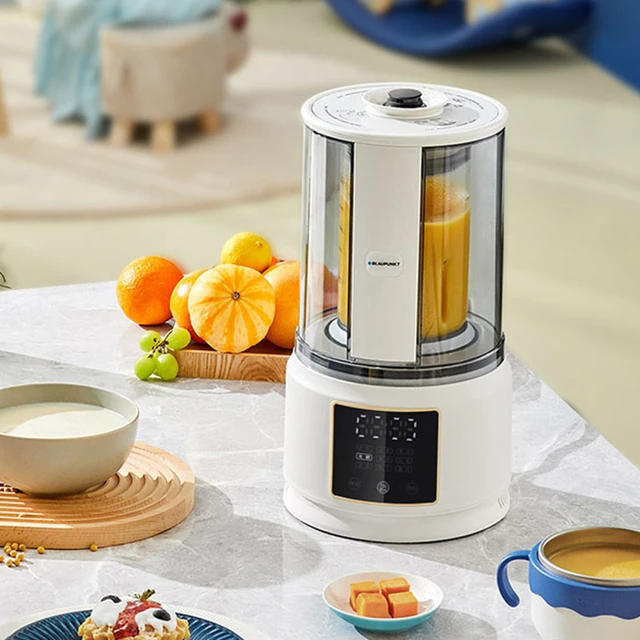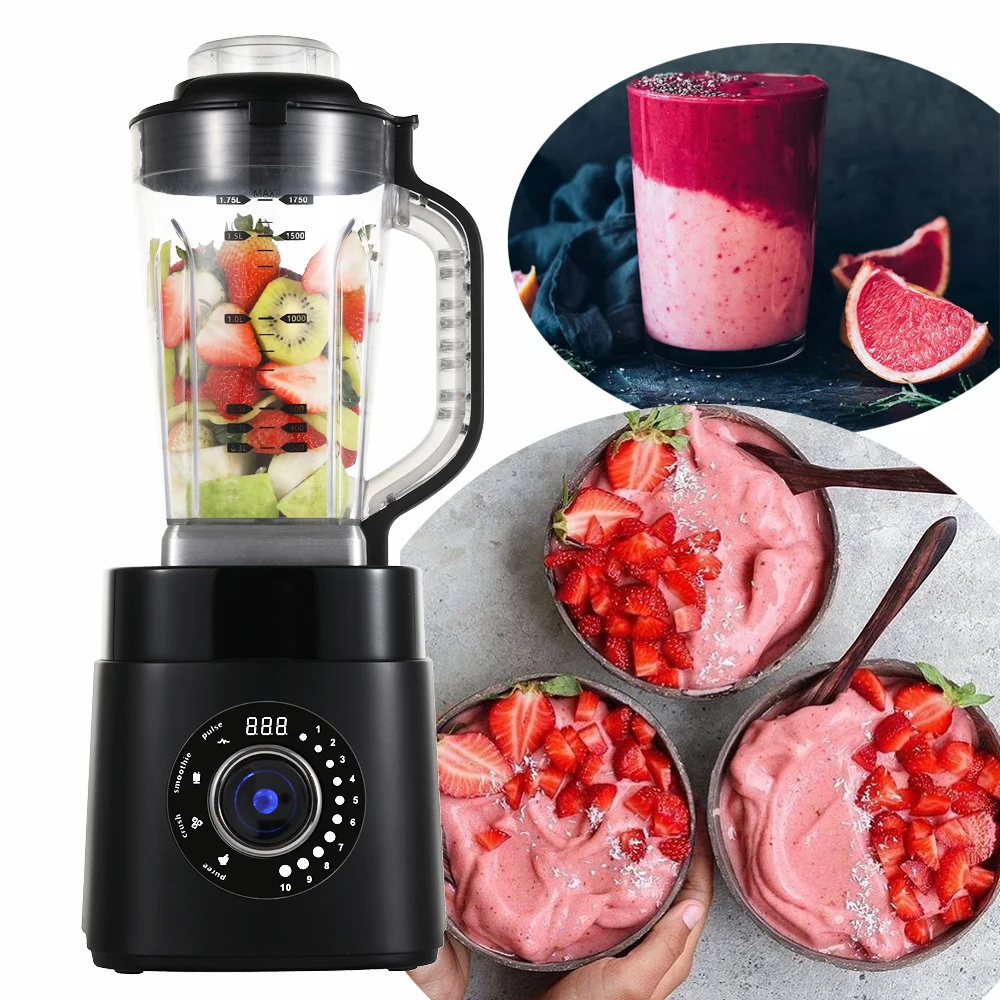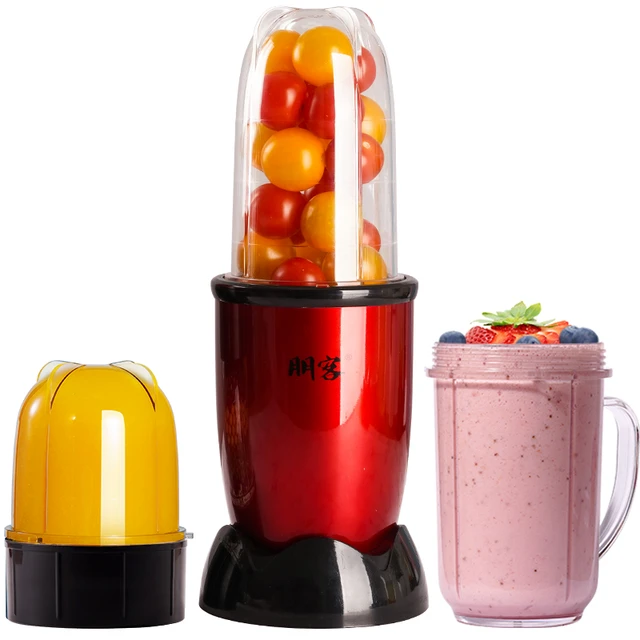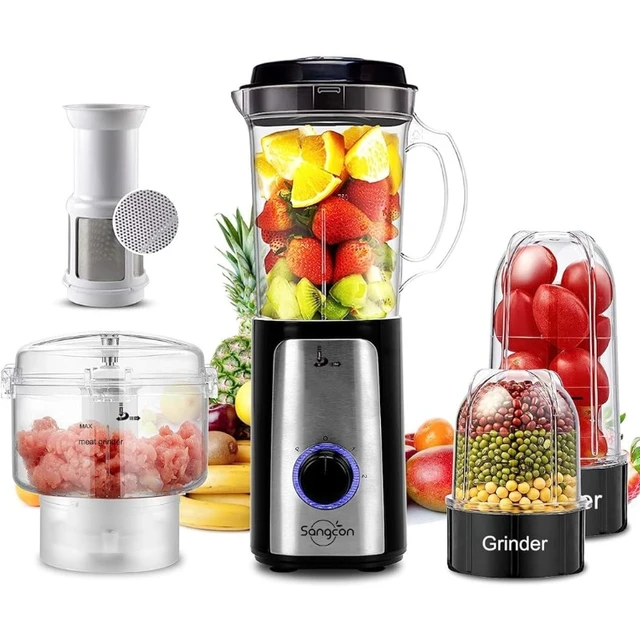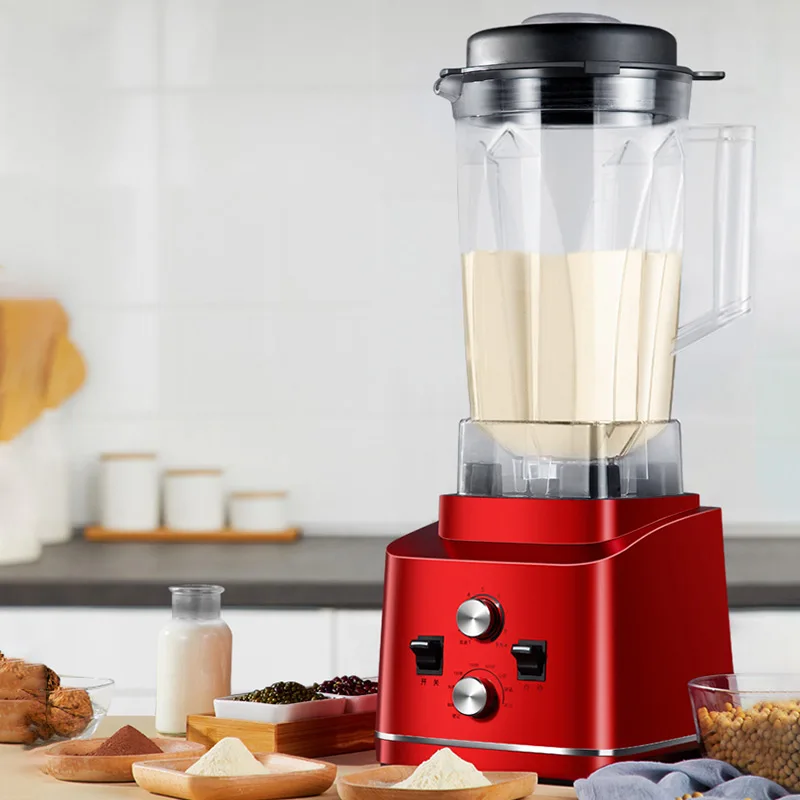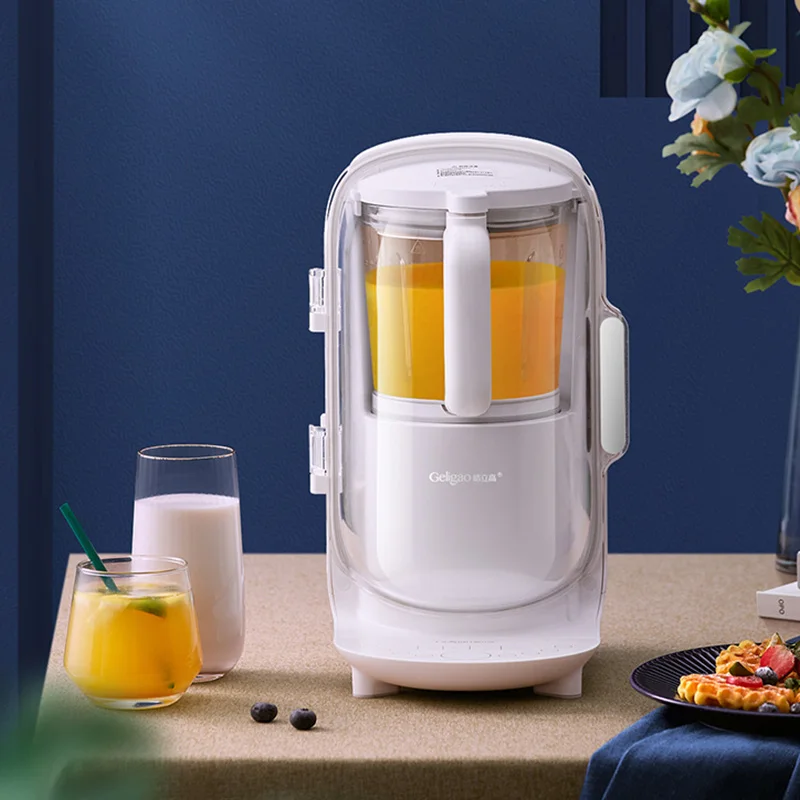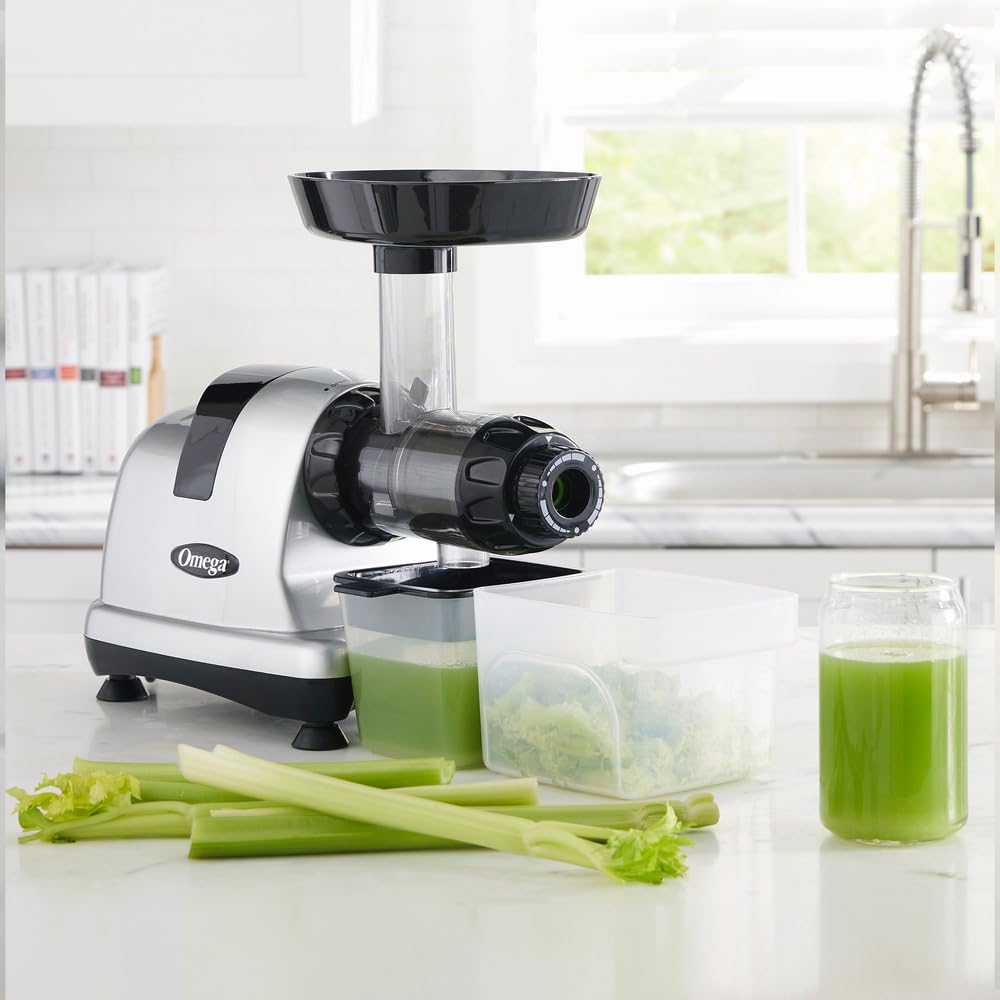
Introduction: The Power of Celery Juice
Celery juice has gained popularity for its potential health benefits, including improved digestion, hydration, and detoxification. Making celery juice at home using a blender allows you to harness the nutritional properties of fresh celery stalks and customize the taste to your liking. In this comprehensive guide, we will provide a step-by-step recipe for making celery juice using a blender, along with variations and tips to enhance its flavor and maximize its nutritional value.
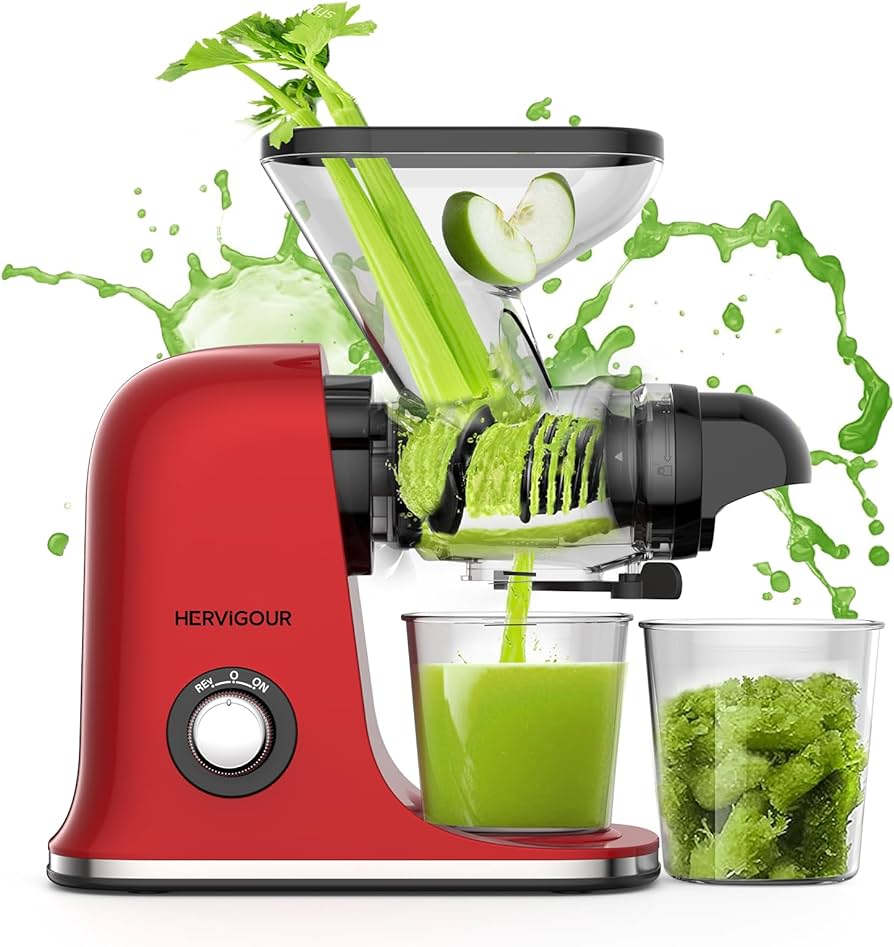
Refreshing and Nutritious: Homemade Celery Juice Recipe Using a Blender
Preparing the Celery:
Selecting and Cleaning
a. Choosing fresh celery: Look for celery bunches with firm, crisp stalks and vibrant green leaves. Opt for organic celery if available, as it reduces the risk of pesticide exposure.
b. Cleaning the celery: Rinse the celery thoroughly under cool running water to remove any dirt or debris. Gently pat dry using a clean towel or paper towel.
c. Removing the leaves: While the leaves carry flavor, they can sometimes give a bitter taste to the juice. Decide whether to include or discard the leaves based on your preference.
Cutting and Trimming:
Preparing for Blending
a. Trim the ends: Using a sharp knife, trim both ends of the celery stalks. Remove about ½ inch from the root end and discard any discolored or wilted parts.
b. Slicing the stalks: Cut the celery stalks into smaller pieces, approximately 1 to 2 inches in length. This ensures easier blending and prevents strain on the blender’s motor.
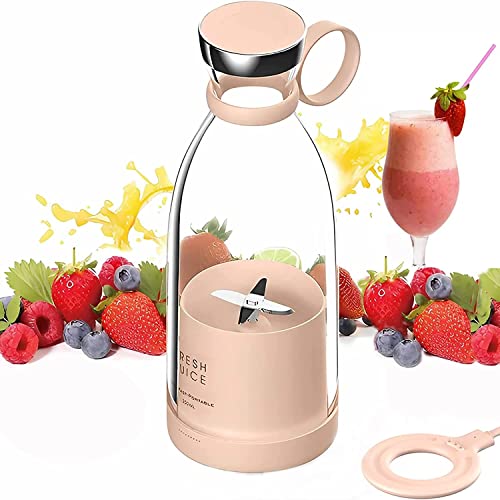
Blending the Celery:
Extracting the Juice
a. Placing the celery in the blender: Add the prepared celery stalks to the blender container. It is recommended to start with a smaller batch initially to ensure an even blend.
b. Adding liquid (optional): Depending on the blender’s power and the desired consistency of the juice, you can add a small amount of water to facilitate blending. Start with ¼ to ½ cup of water, adjusting as needed.
c. Blending to desired consistency: Secure the blender lid and start on a low speed setting, gradually working up to high speed. Blend until the celery is completely pulverized and a smooth, liquid consistency is achieved.
d. Straining the juice (optional): If desired, strain the blended juice through a fine-mesh sieve, nut milk bag, or cheesecloth to remove any remaining pulp. This step is optional, as some prefer to consume the juice with its natural fiber intact.
Serving and Enhancing the Juice:
Flavorful Variations
a. Enjoying pure celery juice: Consume the freshly blended celery juice as is, without any additional ingredients. This allows you to experience the pure taste and obtain all the natural benefits of celery.
b. Adding lemon or lime: Squeeze a fresh lemon or lime into the celery juice to enhance the flavor and provide a subtle citrus tang. Start with a small amount and adjust to your taste preference.
c. Infusing with herbs or ginger: For an added flavor boost, blend the celery stalks with a small piece of fresh ginger or a handful of herbs like mint or cilantro. This imparts a refreshing twist to the juice.
d. Combining other fruits or vegetables: Incorporate other fruits or vegetables into the celery juice to create unique flavor combinations. Experiment with ingredients such as cucumber, apple, pineapple, or spinach, adjusting the amounts to suit your taste.
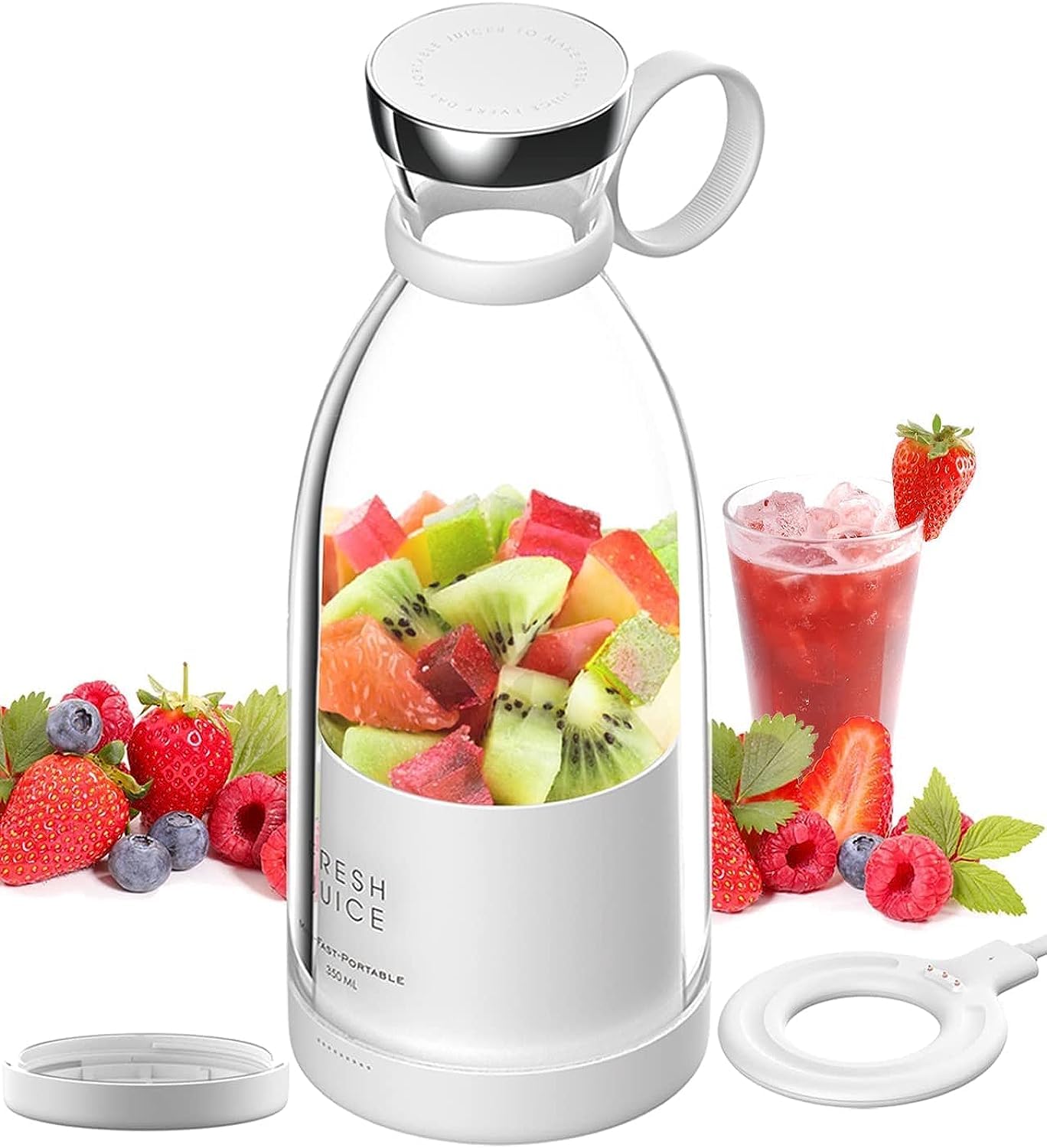
Storing and Consuming Celery Juice:
Tips for Freshness
a. Drinking immediately: For maximum nutritional benefits, consume the celery juice right after blending. Freshly made celery juice retains its potency and flavor.
b. Storing in the refrigerator: If unable to consume the juice immediately, transfer it to an airtight container and refrigerate. It is best to consume within 24 hours to maintain freshness and prevent nutrient degradation.
c. Stirring before drinking: If the juice has been refrigerated, give it a gentle stir before consuming. Natural separation may occur, but a quick stir ensures an even distribution of flavors.
d. Freezing for future use: To prolong the shelf life and availability of celery juice, freeze the juice in ice cube trays or freezer-safe containers. Thaw and stir before drinking when ready to consume.
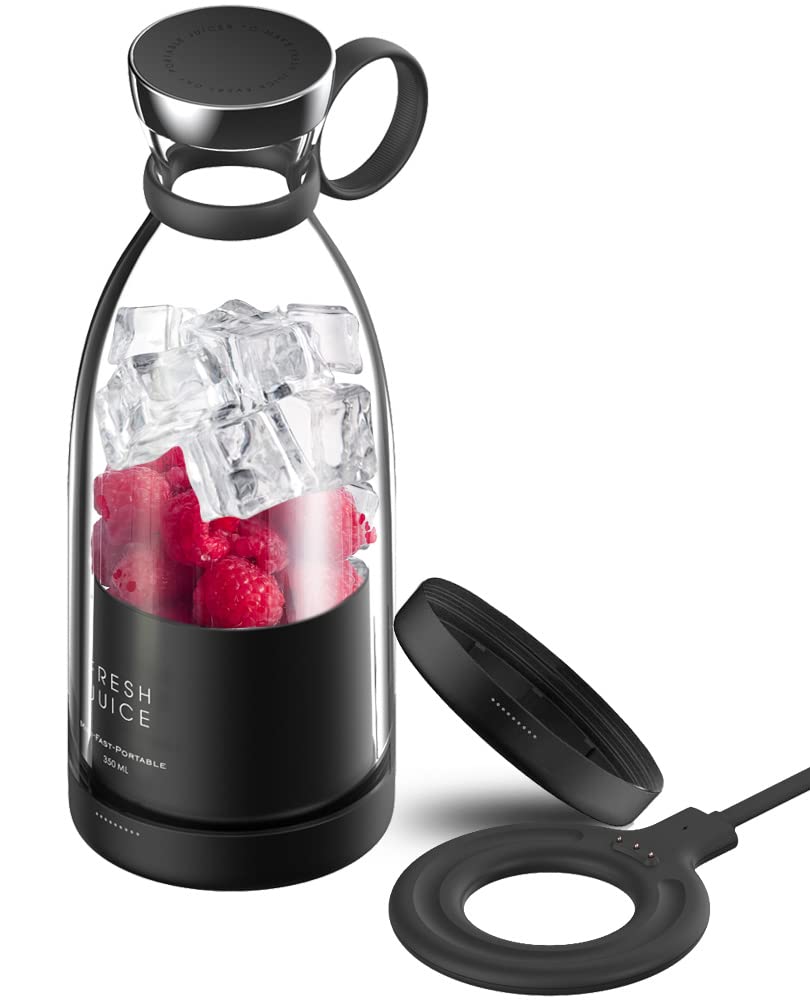
Cleaning Your Blender:
Maintaining Hygiene
a. Safety first: Before cleaning the blender, unplug it from the power source to avoid any accidents.
b. Disassembling and separating parts: Carefully remove the blender jar or container from the base. Depending on your blender model, detach the blade assembly carefully by unscrewing or releasing the locking mechanism. Separate all removable parts for thorough cleaning.
c. Handwashing or dishwasher: Check the manufacturer’s instructions to determine if the blender parts are dishwasher safe. If they are, place them in the dishwasher and run a cycle. If not, wash the parts by hand using warm soapy water. Use a bottle brush or sponge to clean the blender jar and blade assembly thoroughly.
d. Drying and reassembling: After washing, rinse all the parts with clean water and allow them to air dry completely. Once dry, reassemble the blender, ensuring that all parts are securely fitted in their respective positions.
Tips and Considerations:
Maximizing Celery Juice Enjoyment
a. Celery selection: Opt for celery bunches that have a mild and fresh aroma, crisp texture, and vibrant green color. Avoid celery that feels limp or has brown or yellowish discoloration.
b. Organic and pesticide-free: Whenever possible, choose organic celery to minimize exposure to pesticides and chemicals. Organic celery is cultivated without synthetic fertilizers or harmful pesticides, making it a healthier choice.
c. Drink on an empty stomach: To maximize the potential health benefits of celery juice, consume it on an empty stomach in the morning. This allows the body to absorb the nutrients more effectively.
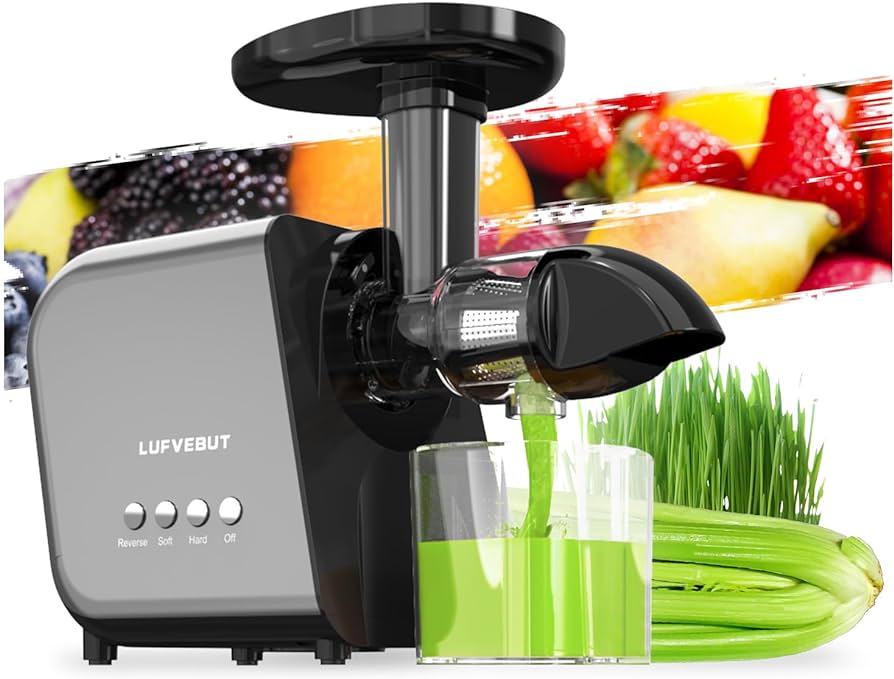
Conclusion:
Savoring the Benefits of Homemade Celery Juice
Making celery juice at home using a blender allows you to enjoy a refreshing and nutritious beverage that can positively impact your well-being. By following the step-by-step recipe, preparing the celery, blending to the desired consistency, and experimenting with flavor variations, you can savor the benefits of homemade celery juice.
Remember to choose fresh, organic celery for superior taste and potential health benefits. With regular consumption of homemade celery juice, you can enjoy increased hydration, improved digestion, and a boost in essential nutrients. Embrace the power of celery and integrate this simple and delicious juice into your daily routine for a refreshing wellness experience.
